BOOKS at de Appel
Selected by Matt Hinkley
booksat.net
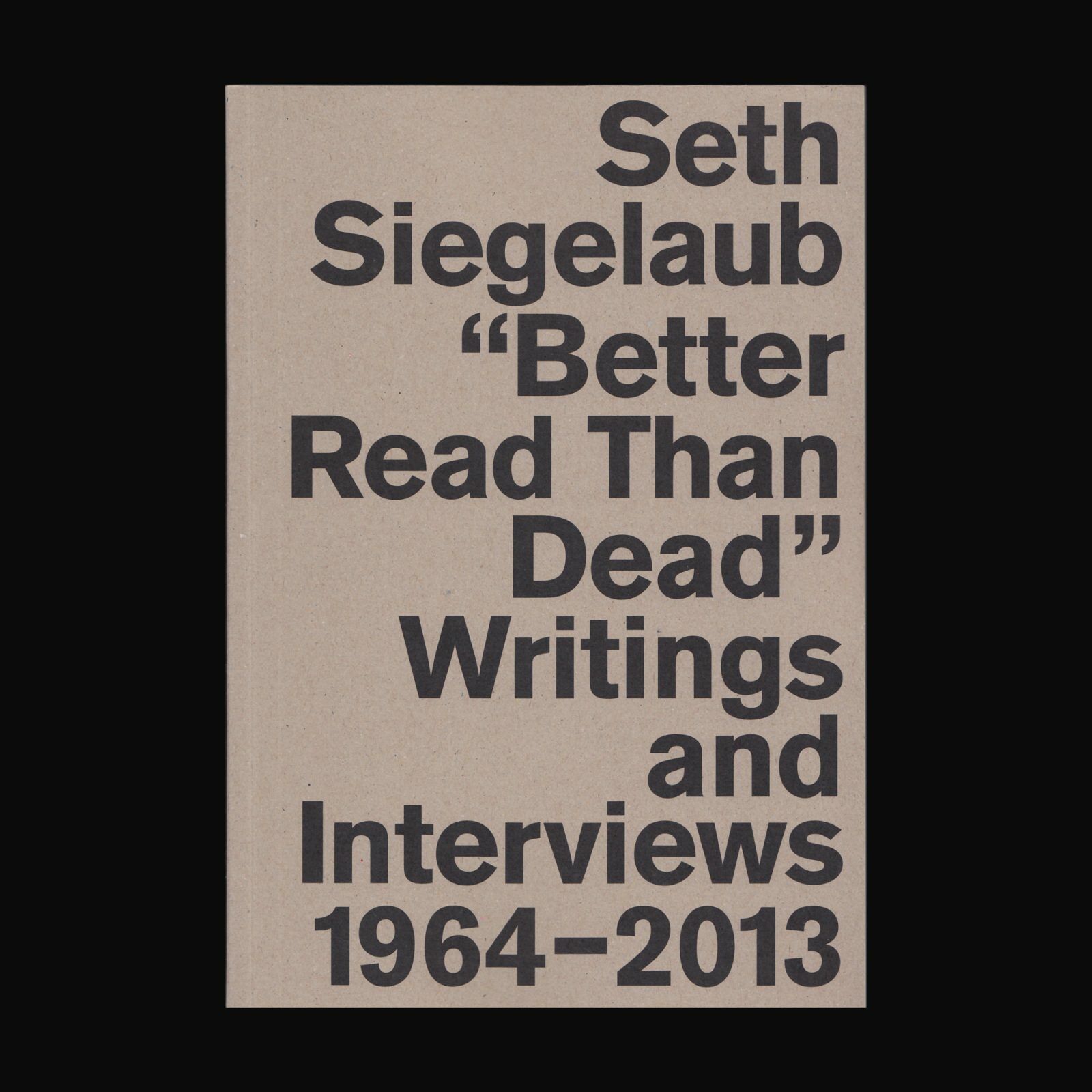
“BETTER READ THAN DEAD”, WRITINGS AND INTERVIEWS 1964–2013
SETH SIEGELAUB
€ 30
Edited by Marja Bloem, Krist Gruijthuijsen, Lauren van Haaften-Schick, Sara Martinetti & Jo Melvin.
Better Read Than Dead was the title Seth Siegelaub had chosen for an anthology of his own writing—one of the projects for which he never found the time, busy as he was running his global one-man operation. The selected writings, interviews, extended bibliography and chronology in this source book fill historical gaps in the sprawling network of exhibitions, publications, projects, and collections that constitute Siegelaub’s life’s work. “Siegelaubian paperwork” comprises Siegelaub’s writings, which are reproduced as scans in order to convey the variety of the documents and to give a sense of archival immersion.
#2020 #jomelvin #kristgruijthuijsen #kunstvereinamsterdam #laurenvanhaaftenschick #marjabloem #sethsiegelaub #stichtingegressfoundation
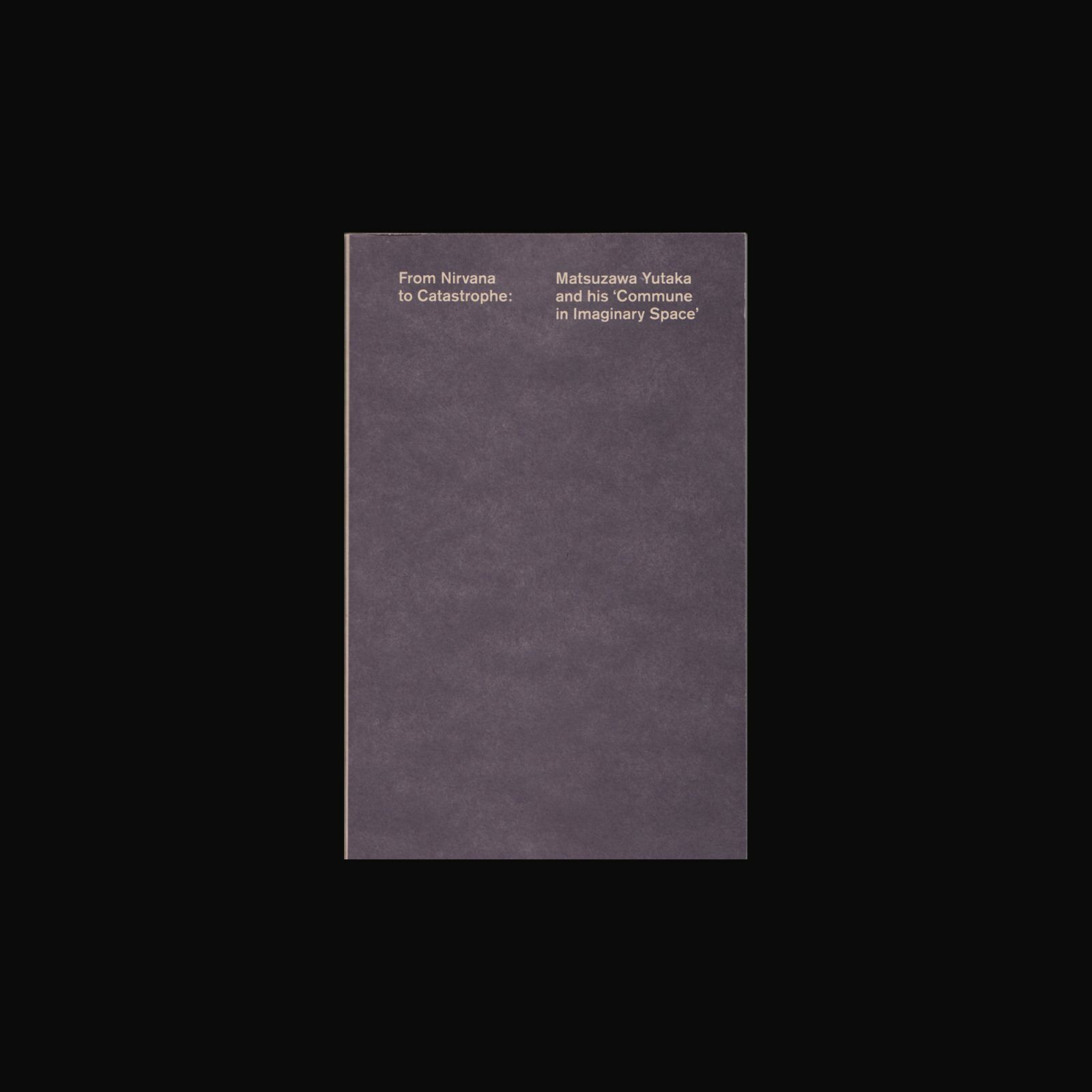
FROM NIRVANA TO CATASTROPHE - MATSUZAWA YUTAKA AND HIS ‘COMMUNE IN IMAGINARY SPACE’
€ 36
Yutaka Matsuzawa (1922–2006) was considered the father of Japanese conceptual art. In his pursuit of ways to express the invisible invisibly, Matsuzawa developed a unique understanding of conceptual art that both elevated and transcended the typical notions of conceptual art in the western, euro-centric art worlds. The exhibition focused on the period 1969–1973, the most active years of Matsuzawa’s activities, and reflected on the exhibition Nirvana (1970), which was a pioneering international exhibition on Conceptualism in Japan.
Published by Ota Fine Arts, Tokyo, 2017, 384 pp. (colour & b/w ill.), 12 × 18.7 cm, English
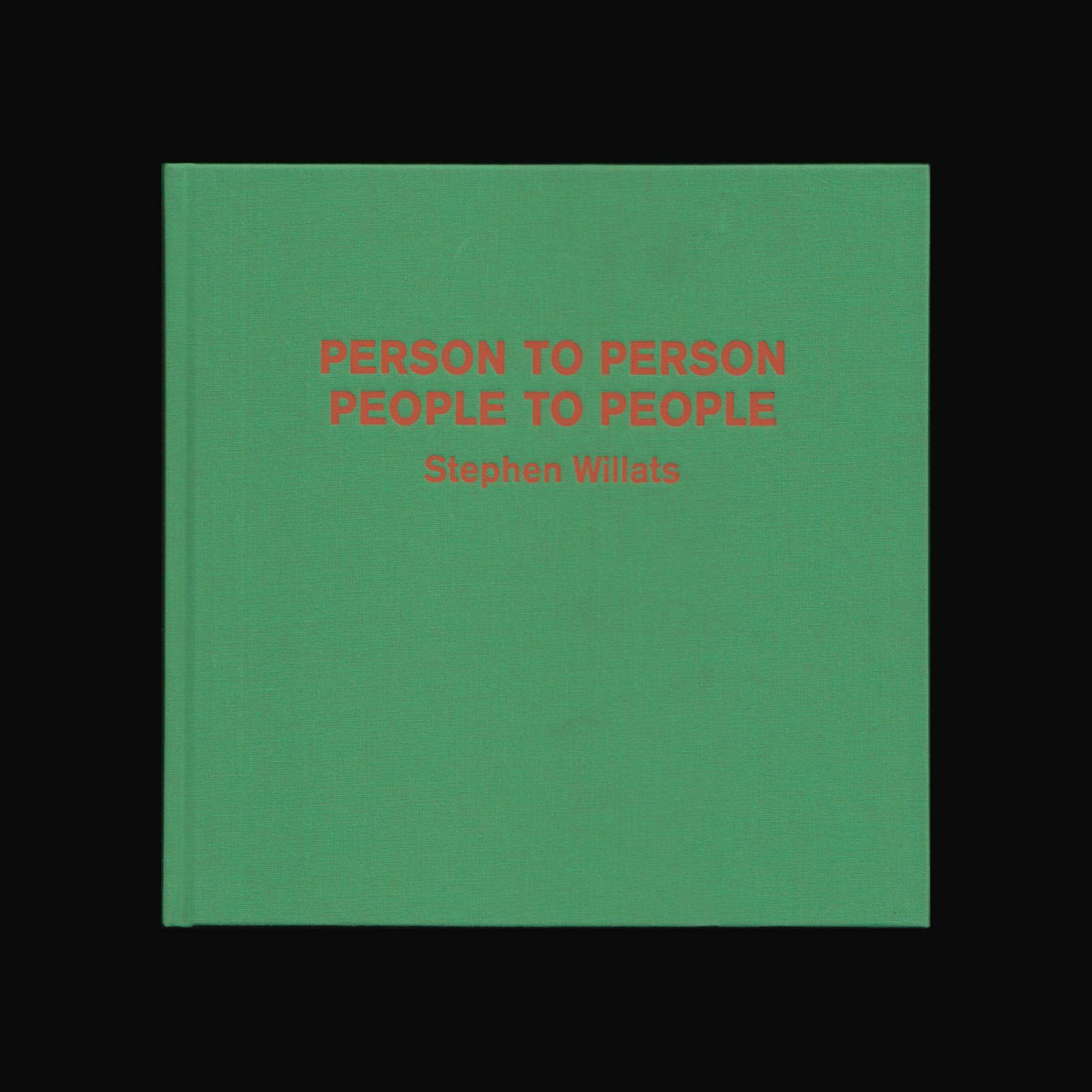
PERSON TO PERSON, PEOPLE TO PEOPLE - STEPHEN WILLATS
€ 19
Stephen Willats has made work examining the function and meaning of art in society since the 1960s. His work has involved interdisciplinary processes and theory from sociology, systems analysis, cybernetics, semiotics and philosophy. This manifests in wall installations, project works, films & computer simulations, drawings & diagrams, bookworks and texts. This publication includes a conversation between the artist and Michael Stanley, and brings together a range of recent projects and documents the newly commissioned work Person to Person, People to People, the result of a 12 month engagement with the people of the Netherfield estate, Milton Keynes.
Published by Milton Keynes Gallery, Milton Keynes, 2007, 72 pp. (colour & b/w ill.), 22.8 × 23 cm, English
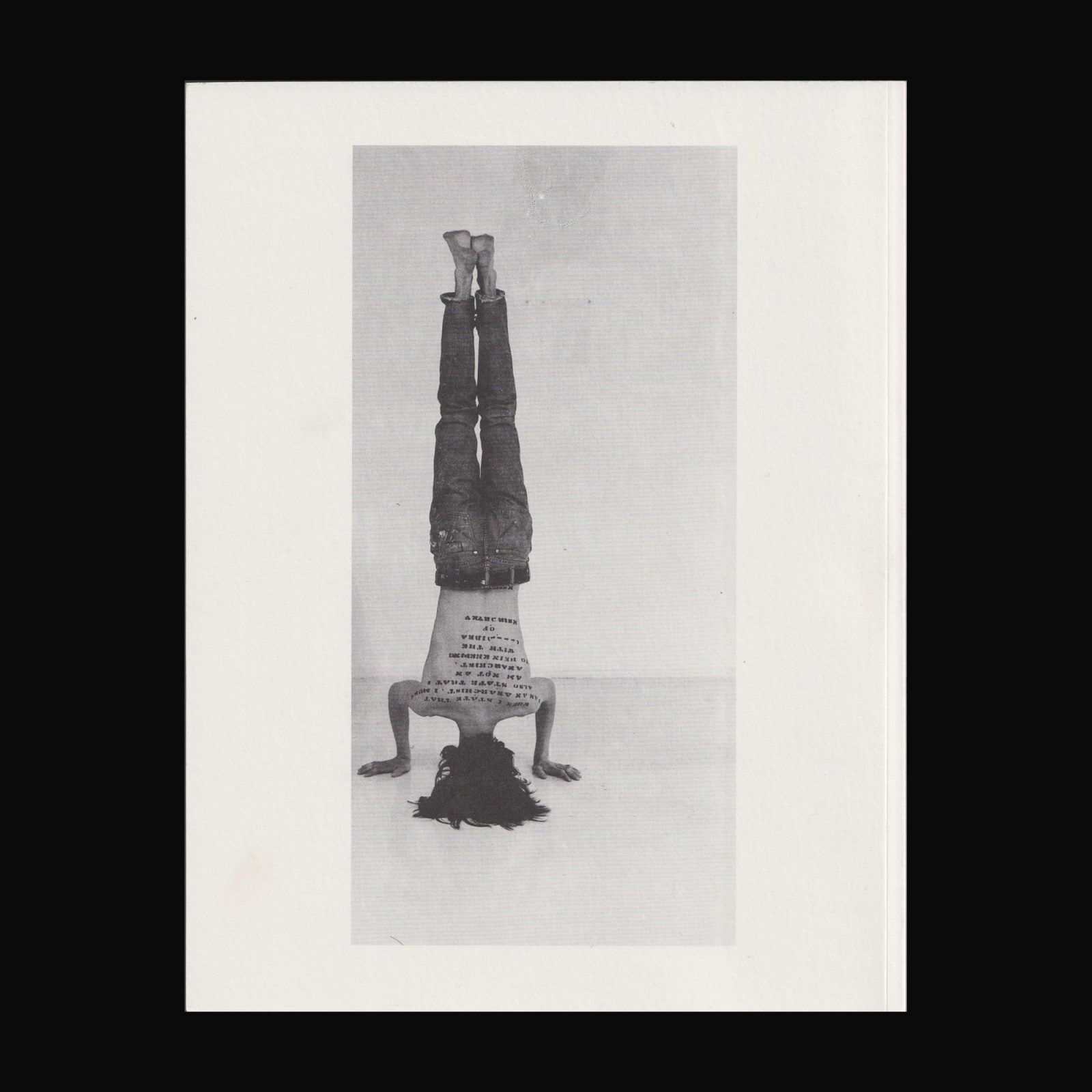
CHRISTOPHER D'ARCANGELO
€ 33
Despite having been active for only four years before passing away at the young age of twenty-four, Christopher D’Arcangelo (1955–1979) is a key, though lesser known, figure of 1970s Institutional Critique in New York City. Even generations later, D’Arcangelo’s singular approach remains wholly unique in its radicality and generosity. This first estate-approved monograph illuminates his momentous practice after many decades of limited access to the materials surrounding it.
Published by Kunstverein, Amsterdam & Artists Space, New York, 2023, 232 pp. (colour & b/w ill.), 21.7 × 28 cm, English
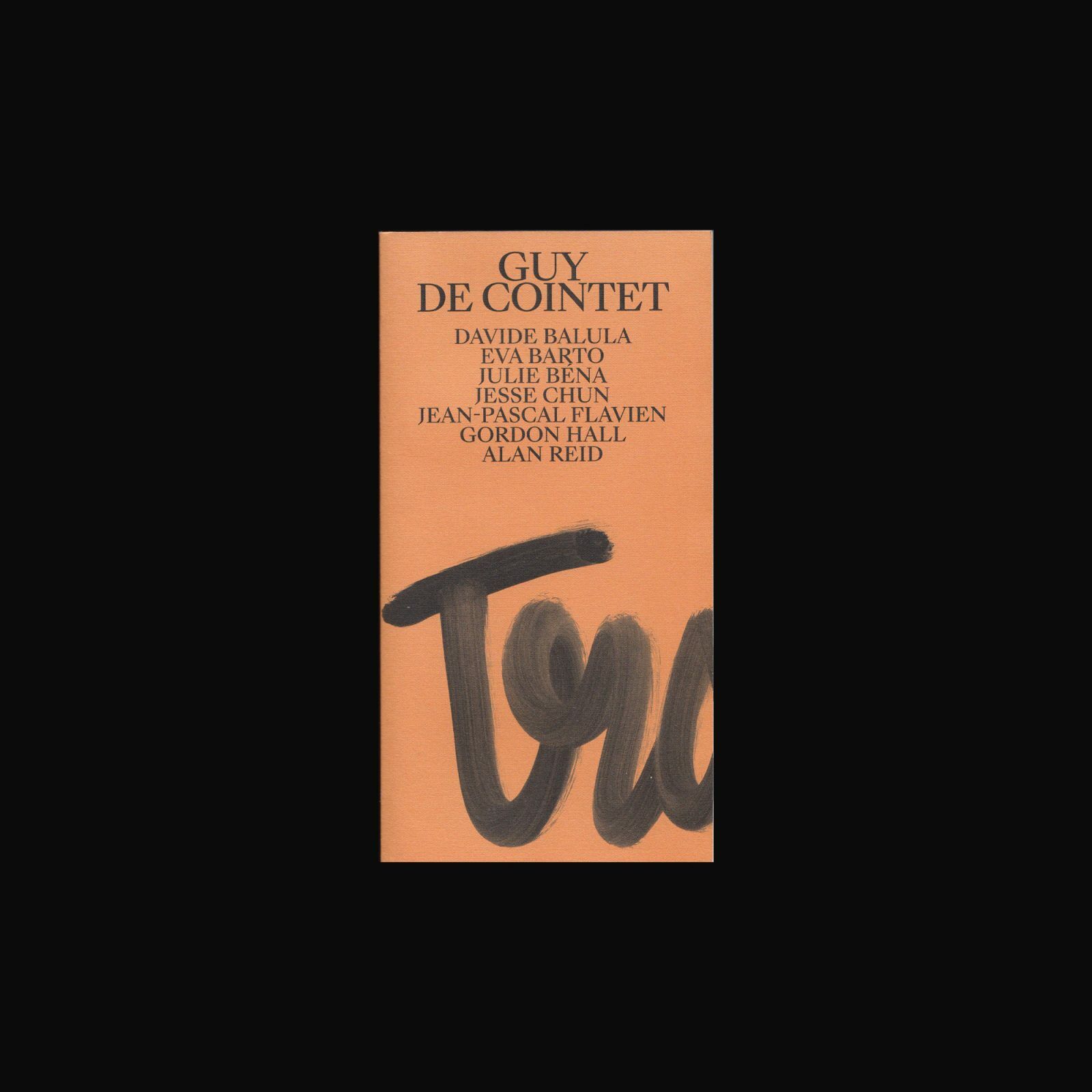
TRANSATLANTIQUE - GUY DE COINTET
€22
Rachel Valinsky invites seven artists from both sides of the Atlantic to share their views of Guy de Cointet, with contributions by Davide Balula, Eva Barto, Julie Béna, Jesse Chun, Jean-Pascal Flavien, Gordon Hall, Alan Reid. Guy de Cointet was fascinated with language, which he explored primarily through performance and drawing. His practice involved collecting random phrases, words, and even single letters from popular culture and literary sources—he often cited Raymond Roussel’s novel Impressions of Africa as influential—and working these elements into non-linear narratives, which were presented as plays to his audience.
Published by ER Publishing, New York/Paris, 2024, 160 pp. 10 × 19 cm, English/French
Futura Resistenza is a Brussels-Rotterdam based record label
"Speramus meliora; resurget cineribus"
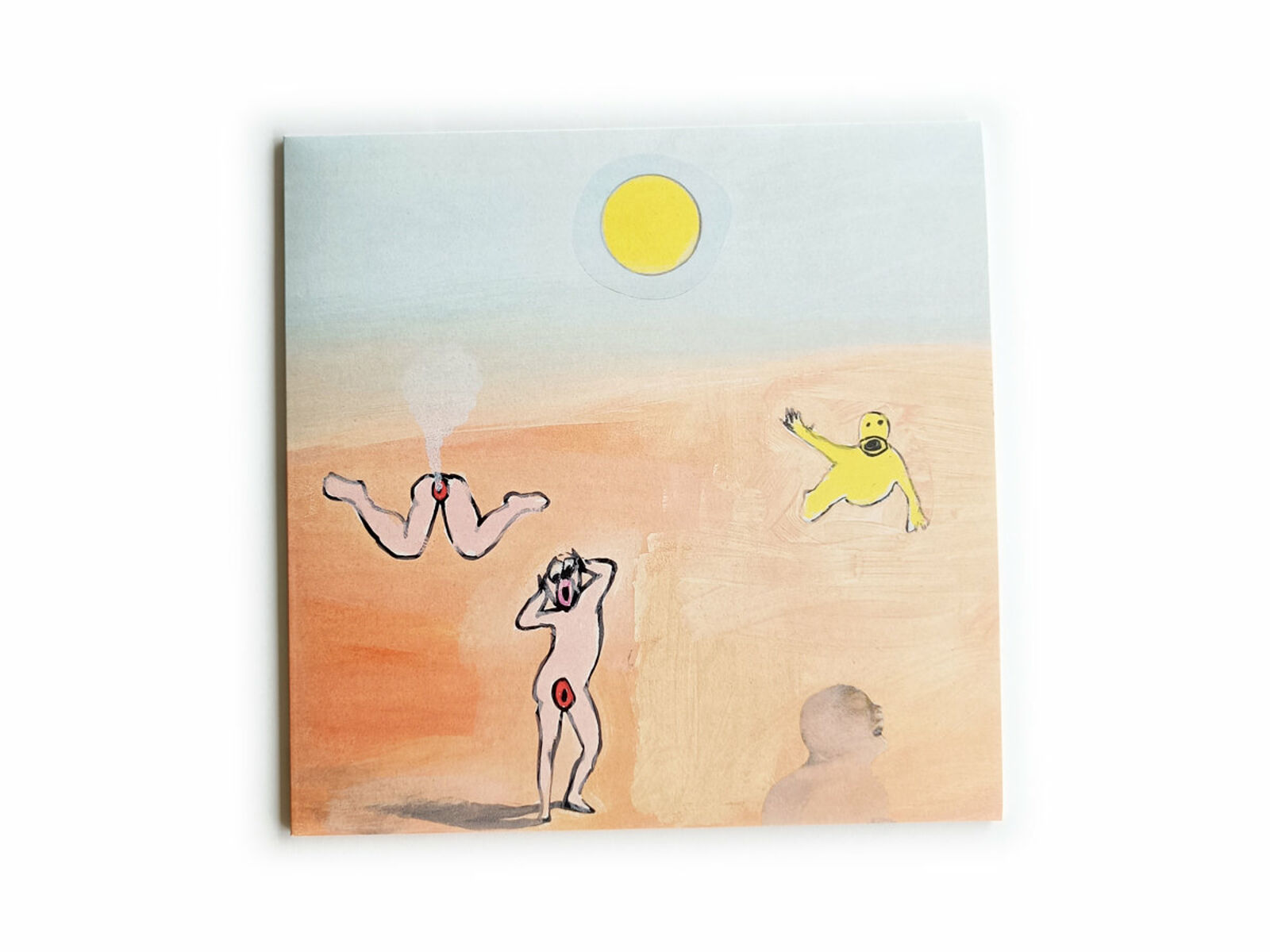
Roger 3000 - Reste Envie
€ 22
To need, to be needed, in four corners. Sleep and privacy, gases come and gases go, and now you are the only one in the room you sit in, you are one with the room you sit in, as if there are no negatives and no positives--did you know that you are an extension of your apartment? Did you know that you are in a codependent relationship with your apartment? Did you know that your apartment knows and appreciates all of your secrets?--I feel safe, which is not a new need for human beings, but a very ancient one, almost the first one. It is enacted by the possibility of sound, humming or strumming something mostly. But the quiet apartment makes its own sounds: a single longing note of birdsong told to the beat of restful breathing, the angelic insistence of tinnitus, the neighbours. Sometimes I wonder if silence means nobody's home. How still I sit. Sometimes I return to silence and feel hugged by the cool lightness of its touch, like sleeping with just a sheet in summertime. Like turning the key. Like a visit from the cat next door. Like a somnambulant ray reaching across the room, asking if you'd like to step outside.
Reste Envie is a desirous message to oneself, made from a place of lived solitude: the parameters of home.
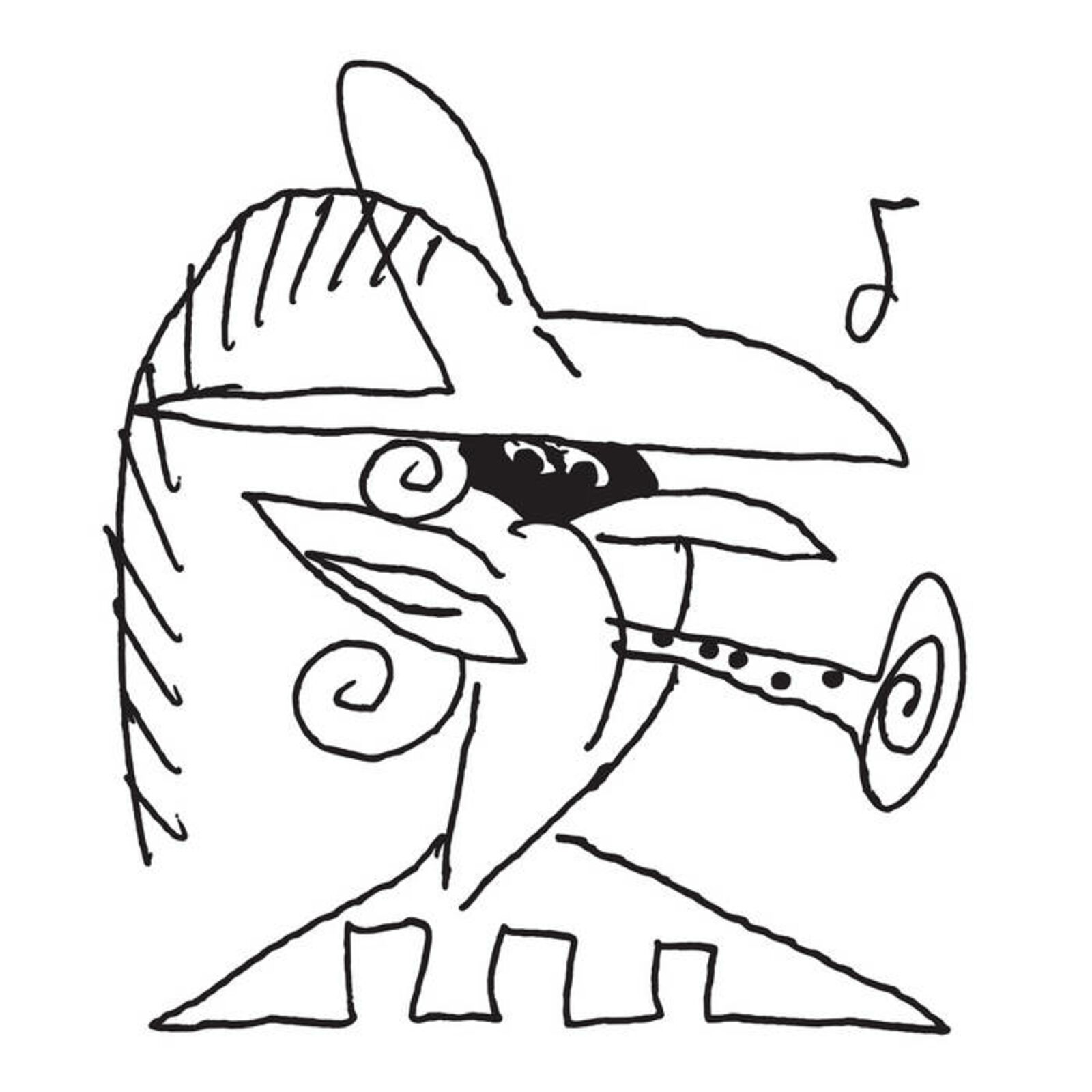
Arthur Chambry - La Seuz
€ 22
Welcome to The Seuz, a record of the forever extending and perpetually mutating open world traced out for us by contemporary pop troubadour Arthur Chambry.
Chambry’s diverse projects—musical compositions, writing and performances—describe a particular terrain: Rocronde, a semi-wild territory, rural and rustic, where a pervasive nature welcomes wandering, cross-bred, various beings, all of them pulsing with the breath and its magic tones: The Seuz. The ‘idiom of the wind’: breath, life, singing, expelling, sighing, coughing. All notions dear to Chambry, as can be heard in the legends that surround the Rocrondian world like a fog.
Chambry modulates and operates breath and wind using a range of home-made instruments. After five albums covering a wide array of sounds (from lo-fi collages to experimental pop), The Seuz gathers it all together, draping itself in pop-minstrel attire. Since his last album, Le Vent, l'Air, et l'Atmosphère, (2020, Cindy Tapes), Chambry has given attention to the making of solitary makeshift lo-fi dubious instruments: DIY chimes, high- and low-pitched membrane clarinets, a watering hose turned into a hunting horn...
The Seuz and its makeshift sounds brings you by turns up to the peaks and back down into the valley. The Seuz wanders steadily on quirky-medieval paths, while avoiding ‘bardcore’ pitfalls. Arthur Chambry slips into an analogue instrumental breach—no laptop post-production fuss—while inserting vocal spells (La Langue du Vent, Le Petit Bois) ready to shift you into the Party/Bonfire/Broche-style bbq lost-in-Mordor dimension. Betwixt Folk-RPGs and tempestuous minor epic tales, Les Pierres de Montodeau or Nos Soupirs show what Chambry has always known to do best: grasp the trend, the voids and the gaps to create a quasi-magical new sound.
To truly find The Seuz, seek for the Pastours (the deaf-mute giants of the land of Montodeau), pay attention and listen to the Azmate people (a community of wandering singers), bang the rocks of Montodeau and observe the vibrations that emanate. Everything unites into a massive tome of sound matter, verbatim, lyrical, and enchanted; that pulsating heart hidden within each being, each pebble or stream in the world of Rocronde, to which Chambry clearly belongs.
— Edouard Rose
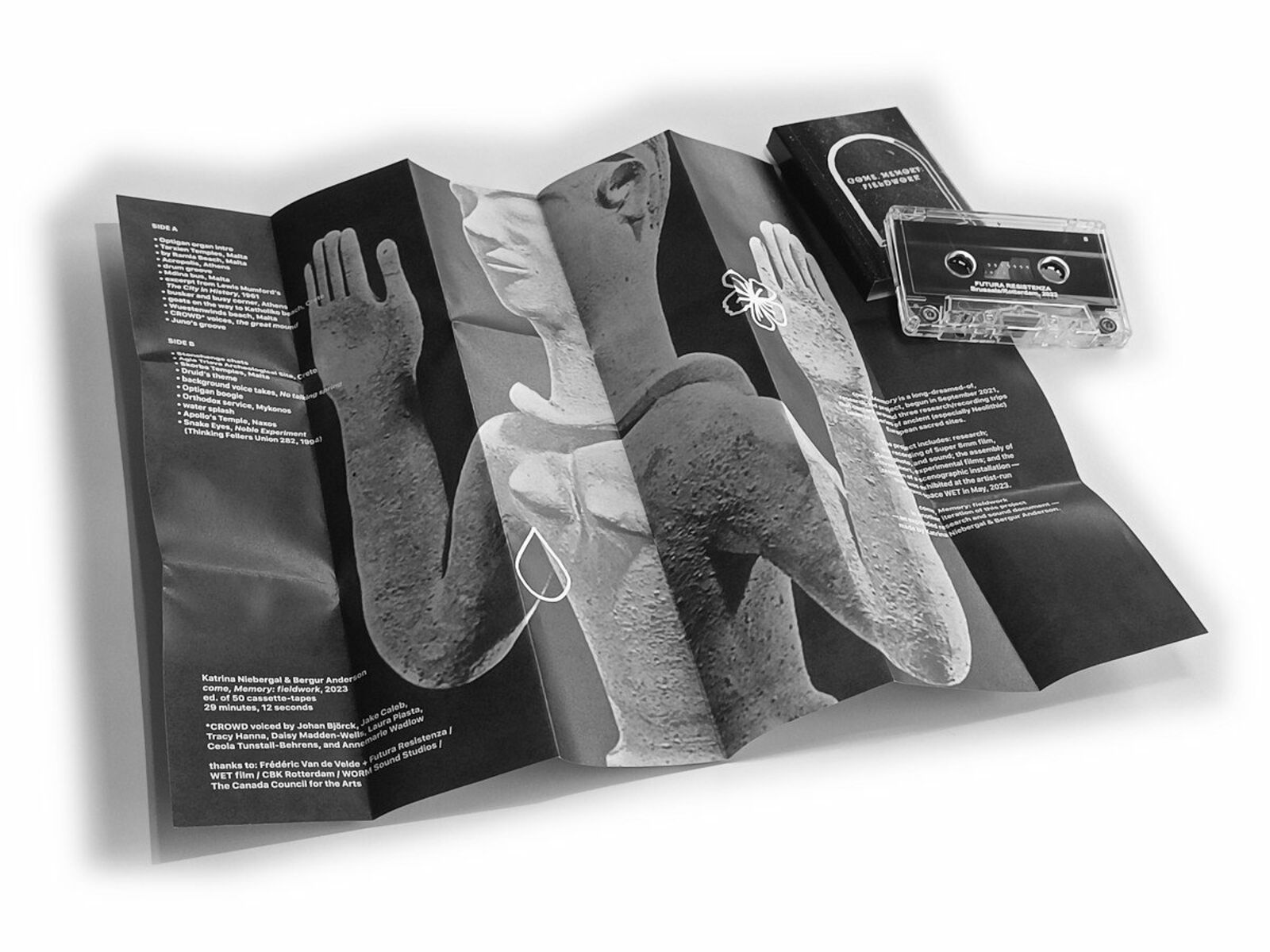
come, Memory: fieldwork
€ 13,99
"come, Memory: fieldwork" is the culmination of a long-cherished research project initiated in September 2021, revolving around three immersive journeys to ancient European sacred places, with a particular focus on Neolithic sites. This project encompasses extensive research, the capture of Super 8mm film, 35mm photography, and audio recordings, the creation of three experimental short films, and the development of a scenographic installation. In May 2023, this installation was exhibited at the artist-run project space WET in Rotterdam. "come, Memory: fieldwork" represents another facet of this journey—an extended research and sound documentation, crafted through the collaborative efforts of Katrina Niebergal and Bergur Anderson.
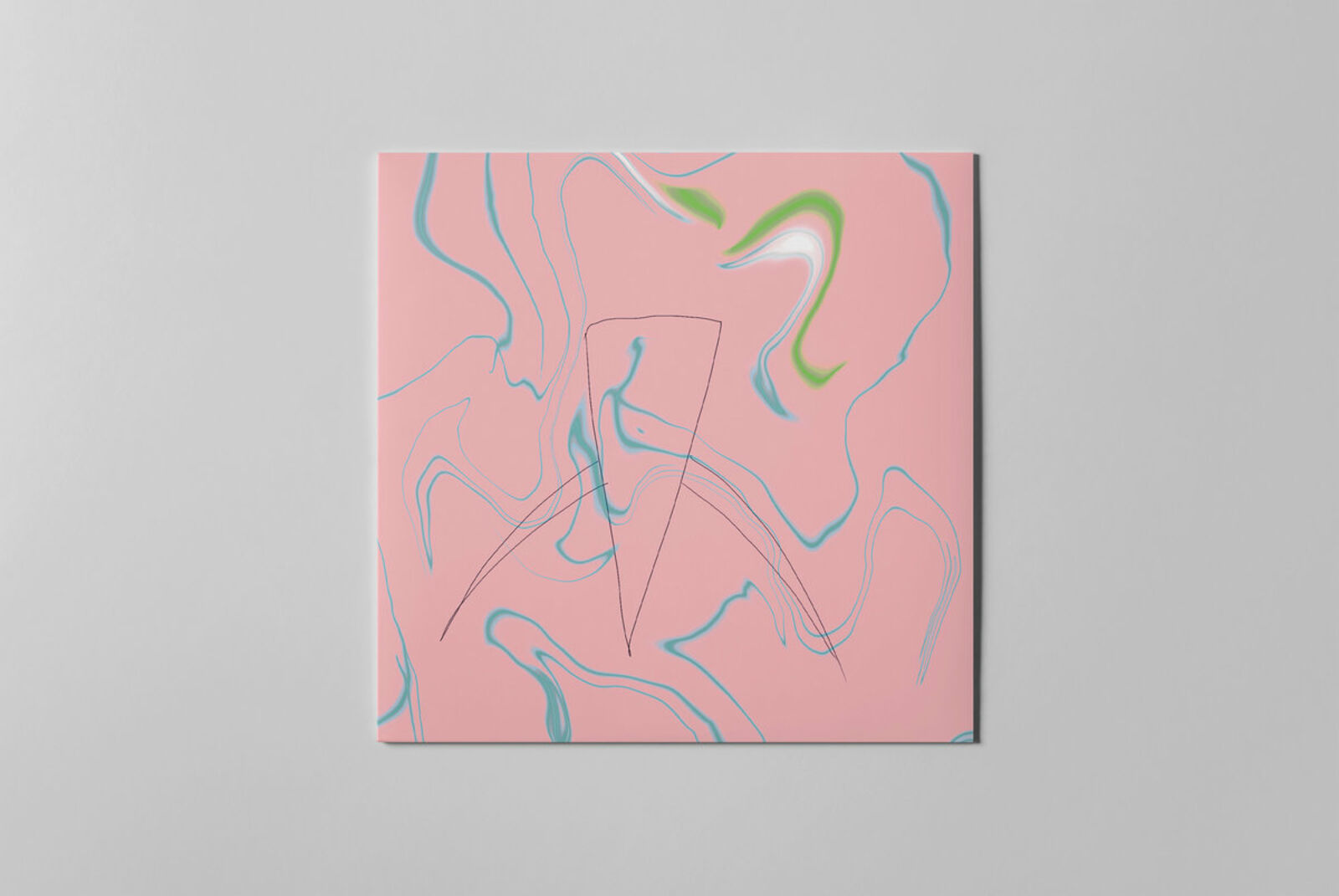
Yanik Soland - Yuki
€ 20
YUKI is the debut solo record by Basel-based multidisciplinary artist Yanik Soland. Inspired by film scores and sound design, YUKI is a 40 minute audio-piece in 11 chapters. Musical characters, each assigned a specific sound (such as a sampled quarter tone cembalo or synth voices) reappear across the chapters.
With a background playing bass in bands, Soland utilises various collaborative modes on YUKI: his partner Marianna Angel appears on overdubbed iPhone-recorded piano, Stefan Tcherepnin plays guitar over one chapter, and a rehearsal recording with Gleb Glonti forms the canvas for another.
YUKI—the name Soland’s parents had planned to give him, if he were a girl—is Japanese for snow, snow-princess or luck, and is here used as an alter ego within Soland's practice. YUKI’s touchstones include Laurie Spiegel, Mark Fisher, Ruins, Dean Blunt, Maryanne Amacher, Tyler The Creator, Heather Leigh and Györgi Ligeti.
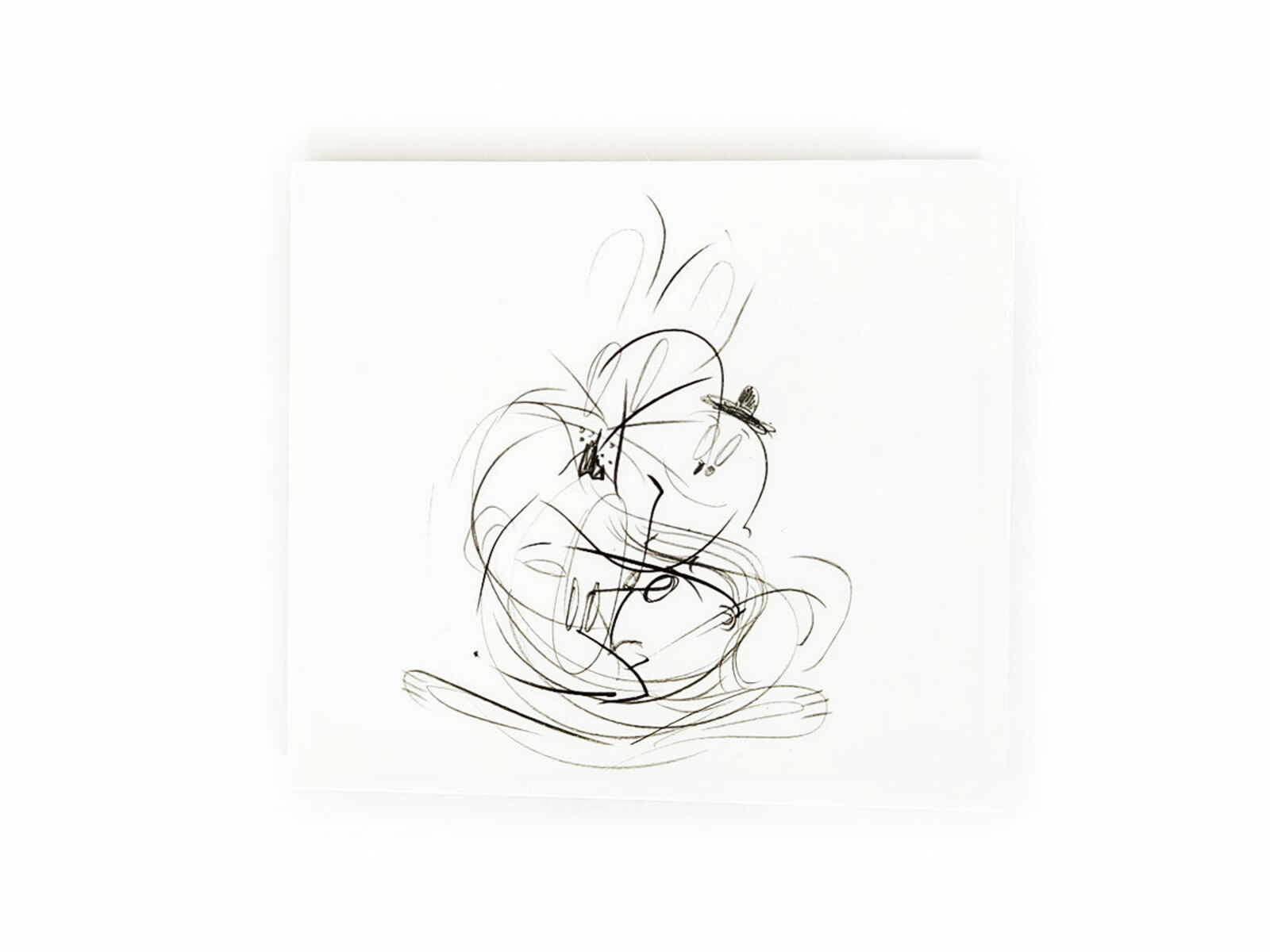
Lucy Liyou & Eric Frye - Grace
€ 12
It takes time to heal properly. It takes reflection too. Sometimes it’s only by rearranging and reformulating the world—both inside and around—out of shape, so that everything can fall into place and drop into focus. Lucy Liyou and Eric Frye have both engaged closely with collage and philosophical methods on previous works, approaching music as both a practice and a playground. Coming together in a stream of emailed ideas, edits, and re-edits, Grace is a distillation of both artists’ work to tackle trauma, taking as much from Frye’s ‘heuristic junk’ and algorithmic composition as from Liyou’s stream-of-consciousness ambient diaries and digital missives. Liyou has previously put text-to-speech to effective use on works such as 2021’s Practice, but here both artists implement the tool, littering Grace with resonant sentences dryly hinting at approaching their traumas, fears, and doubts: “Did you know that vigils are not the same as funeral services?...How much more silence can a dead person take?”
Grace is the beautiful result of a covalent bond forged between Frye and Liyou, with the boundary lines blurred and fingerprints overlapping throughout the piece’s duration. The duo swapped files and ideas throughout 2020 and 2021, continuously editing and resculpting a wide range of stem audio files and source sounds into the four-part piece. Flashes of mundane and momentous memories rub up against confused robotic text-to-speech snippets and shimmering processed noises. This piece is a substantial realization of both artists’ worlds, and sees their approaches coming together to create something complementary and fresh, that neither could have made alone. Grace is a piece about tackling life’s messy and winding path, inspired by anits erratic mix of fear and love.
- Tristan Bath
Critical and creative publishing to rethink and evolve visual communication and forms of cooperation.
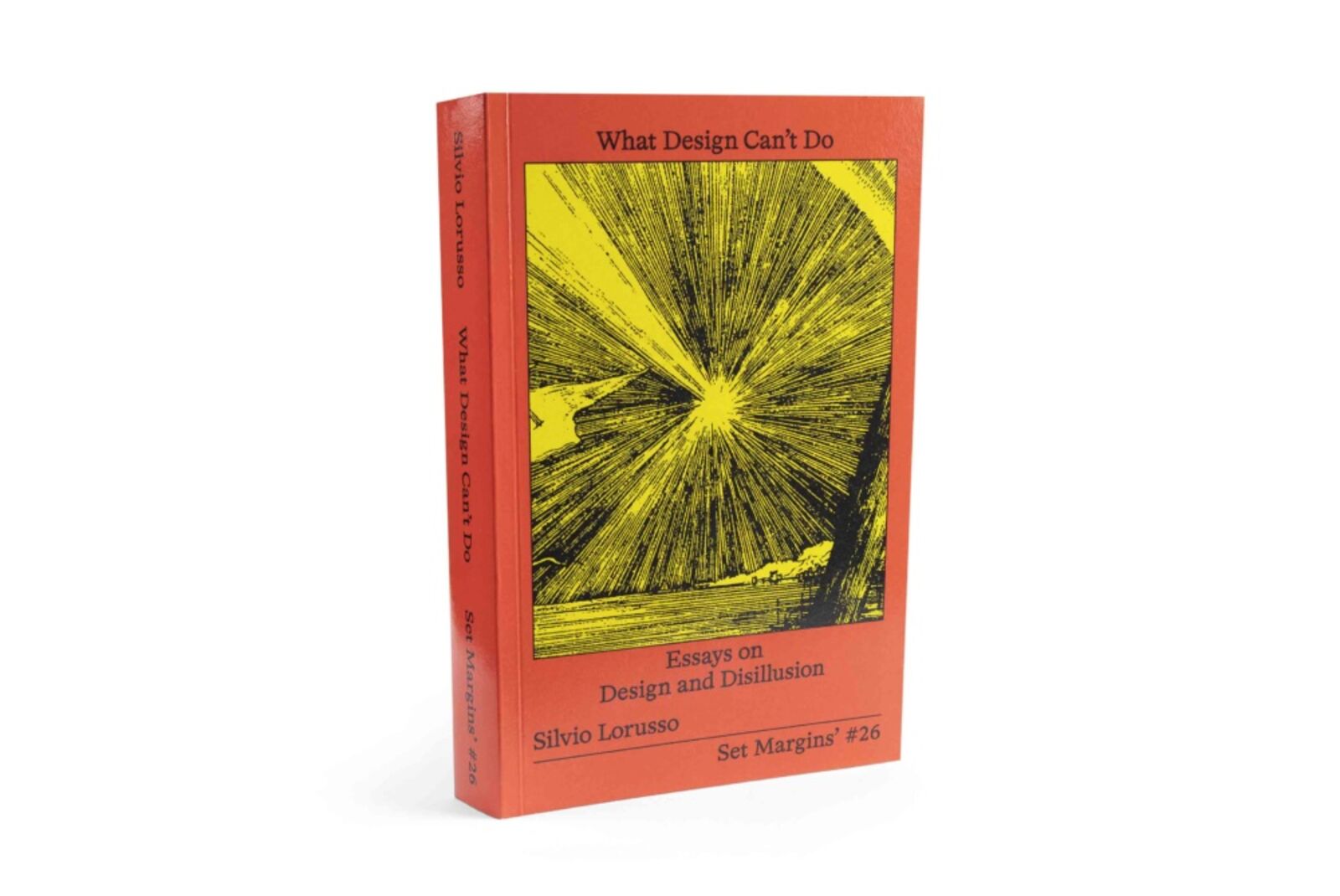
What Design Can’t Do: Essays on Design and Disillusion - Silvio Lorusso
€ 22
Design is broken. Young and not-so-young designers are becoming increasingly aware of this. Many feel impotent: they were told they had the tools to make the world a better place, but instead the world takes its toll on them. Beyond a haze of hype and bold claims lies a barren land of self-doubt and impostor syndrome. Although these ‘feels’ might be the Millennial norm, design culture reinforces them. In conferences we learn that “with great power comes great responsibility” but, when it comes to real-life clients, all they ask is to “make the logo bigger.”
This book probes the disillusionment that permeates design. It tackles the deskilling effects provoked by digital semi-automation, the instances of ornamental politics fashioned to please the museum-educational complex, the nebulous promises of design schools. While reviving historical expressions of disenchantment, Silvio Lorusso examines present-day memes and social media rants. To depict this disheartening crisis, he crafts a new critical vocabulary for readers to build upon. What this exposé reveals is both worrying and refreshing: rather than producing a meaningful order, design might be just about inhabiting chaos.
What was once a promising field rooted in problem-solving has become a problem in itself. The skill set of designers appears shaky and insubstantial – their expertise is received with indifference, their know-how is trivialised by online services, their work is compromised by a series of unruly external factors. If you see yourself as a designer without qualities; if you feel cheated, disappointed or betrayed by design, this book is for you.
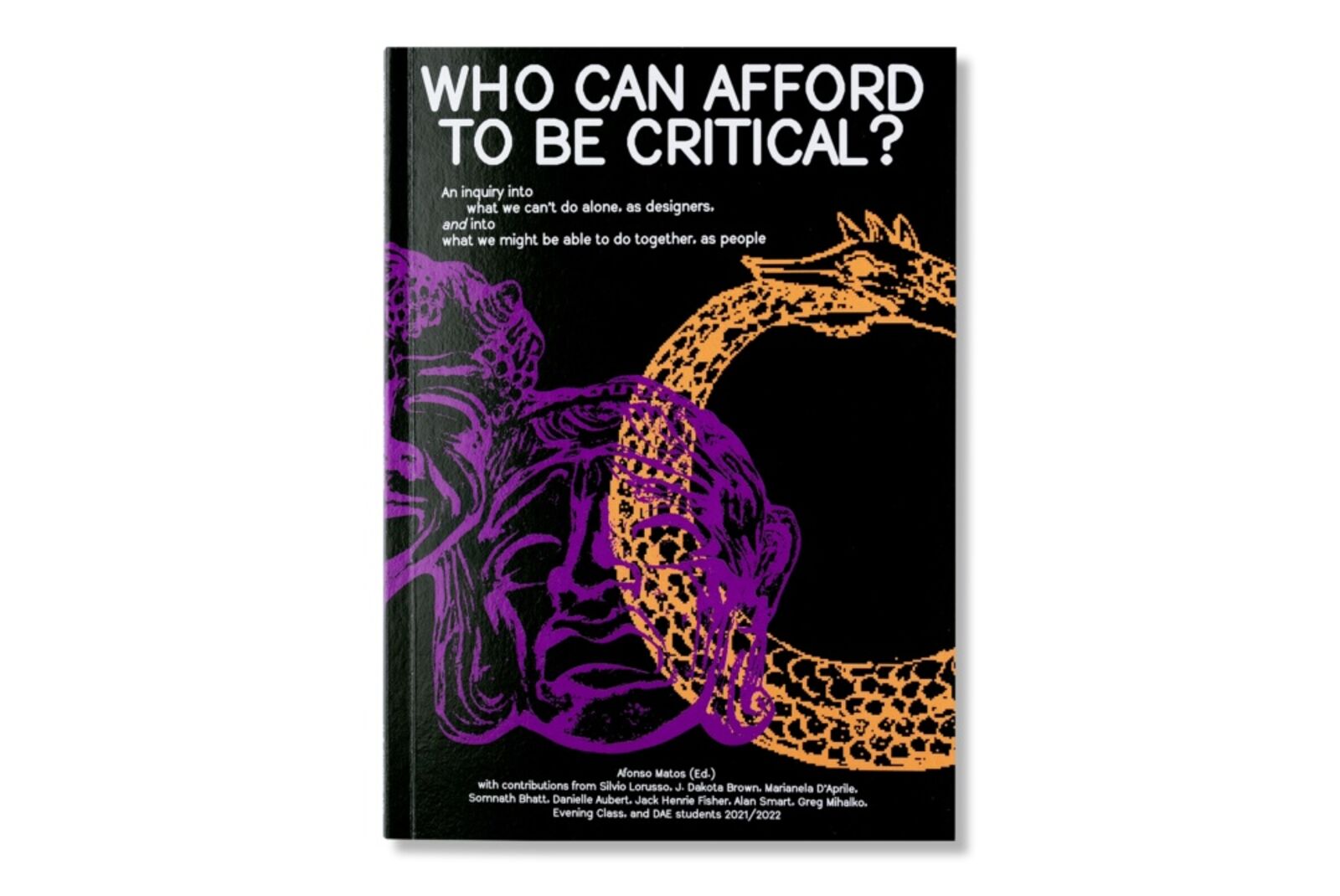
Who Can Afford to Be Critical? - Afonso Matos (Ed.)
€ 15
‘Critical Designers’ produced by an increasing number of design schools are prompted to address social, political and environmental issues through their practices. Yet, who can afford to continue such effort after graduation?
In a dynamic style holding multiple voices, Who Can Afford To Be Critical? discusses the limits that affordability, class and labour impose upon the educational promise of holding a ‘critical’ practice. Why do we tend to ignore the material and socioeconomic constraints that bind us as designers, claiming instead that we can be powerful agents of change? In fact, where does our agency lie?
Instead of focusing on the dream of ethical work under capitalism, could we, instead, focus first on designers’ own working conditions, targeting them as one immediate site for collective action? And can we engage politically with the world not necessarily as designers, but as workers, as activists, as citizens?
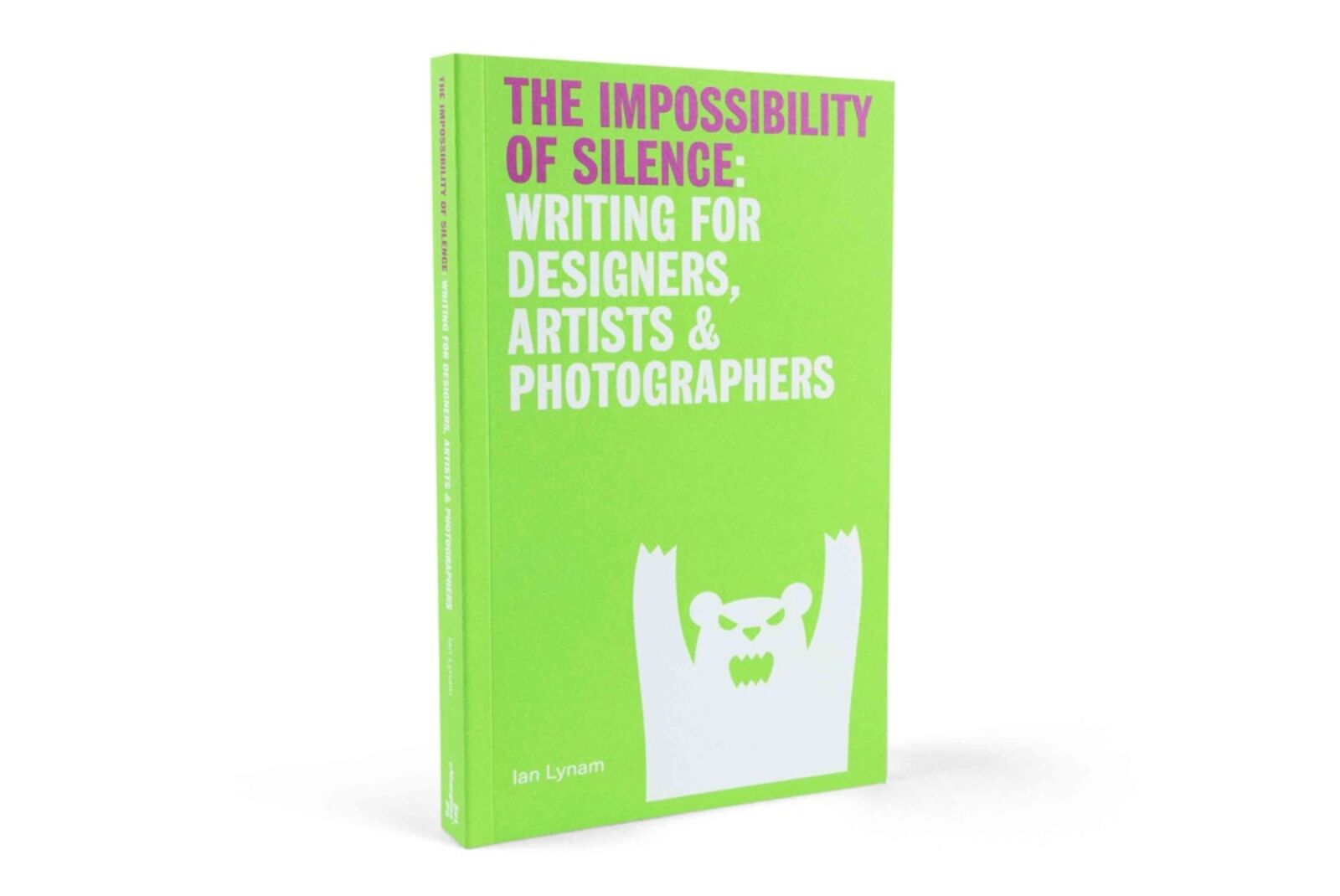
The Impossibility of Silence – Writing for Designers, Artists & Photographers - Ian Lynam
€ 20
THE IMPOSSIBILITY OF SILENCE is a book for artists, designers and photographers interested in approaching writing about their vocation and culture. Drawing upon decades of experience as a writer, designer, artist and teacher, Ian Lynam offers up a plethora of inspirational and concrete approaches to writing about creative fields.
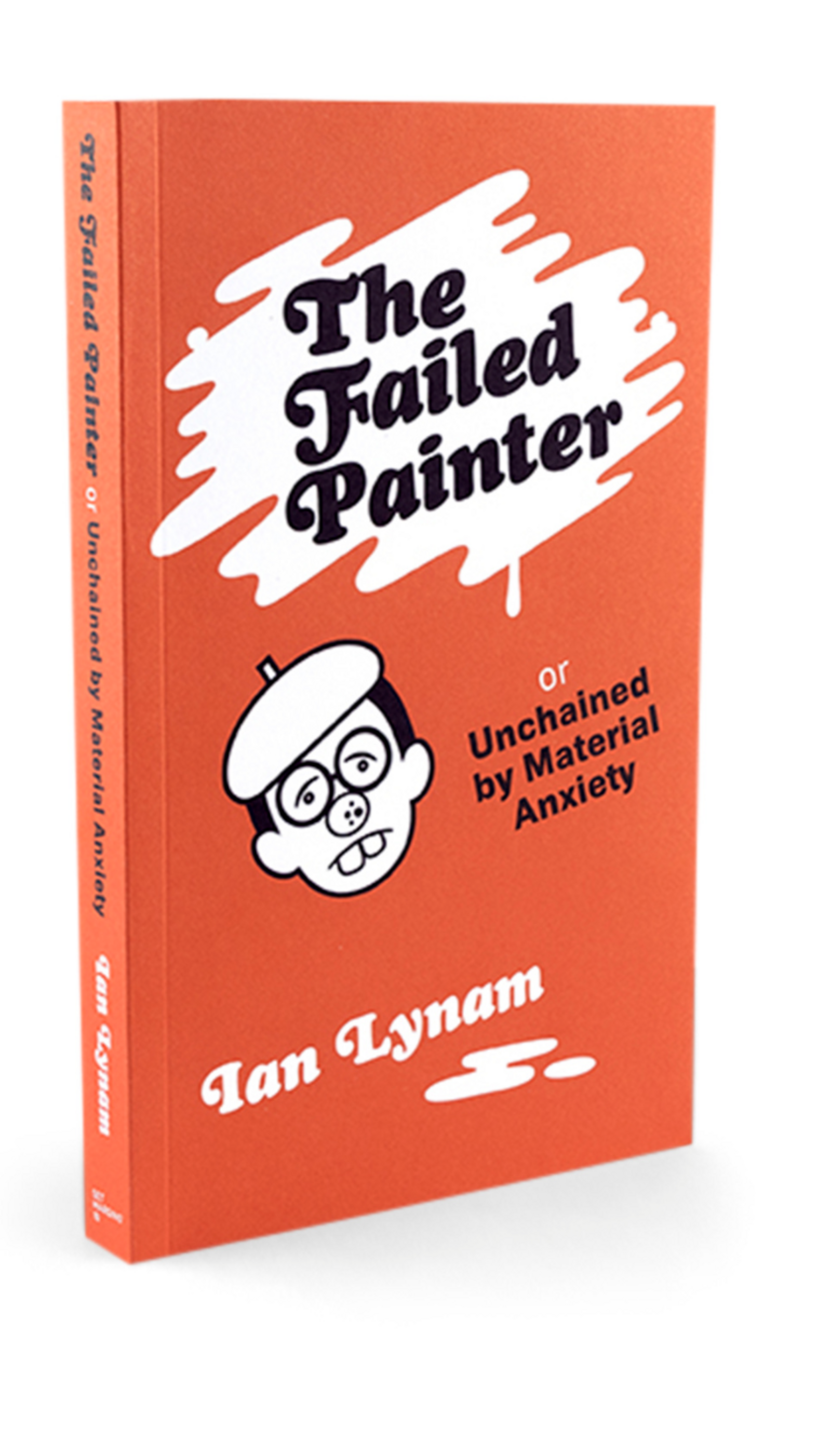
The Failed Painter – Unchained by Material Anxiety - Ian Lynam
€ 18
The g̶r̶a̶p̶h̶i̶c̶ d̶e̶s̶i̶g̶n̶e̶r̶ Failed Painter is a personal book about material anxiety in Graphic design’s creative work. It speaks of fascination for singular and multiple production processes, perfectibility, and imperfectability in times of virtual surface and hunger for authenticity.
Writing out of the persona ‘The Failed Painter’, this book is a collection of essays on design and art spanning culture, race, nation, and sheer vandalism from the author of The Impossibility of Silence: Writing for Designers, Artists & Photographers. Within this highly curated, yet varied assortment of approachable writing on aesthetics: space exploration, mercenaries, puberty, instant nostalgia, precarious labor, and of course, zombies.
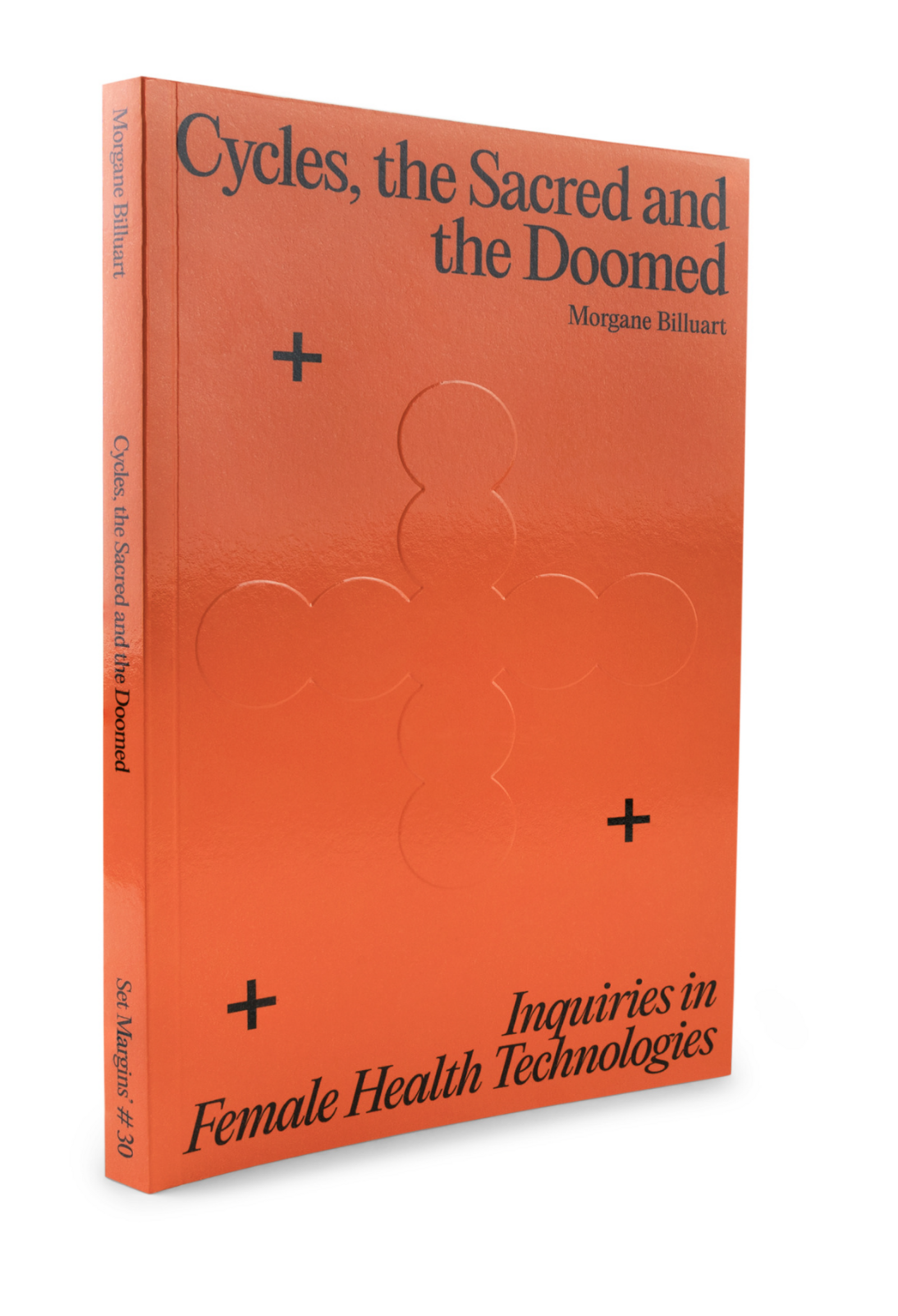
Cycles, The Sacred and the Doomed:
Inquiries in Female Health Technologies - Morgane Billuart
€ 22
In a world propelled by swift technological progress and perpetual obsolescence, women frequently find themselves adapting and altering their daily experiences in order to remain functional. In the 21st century, as technology purports to comprehensively assess and address women’s conditions and physical discomfort, Cycles, the Sacred and the Doomed delves deeply into the realm of female health technologies, revealing a space where science, holistic methods, and mythology converge. This book challenges the idea of combining ancient wisdom with modern innovation and takes readers on a multidisciplinary journey to explore the intricacies of female’s health.
Onomatopee Projects is a curating and editorially led public gallery and publisher that is particularly known for its self-initiated and transdisciplinary projects. Furthermore, Onomatopee also hosts the projects of progressive individuals as well as artist-run and institutional organizations.
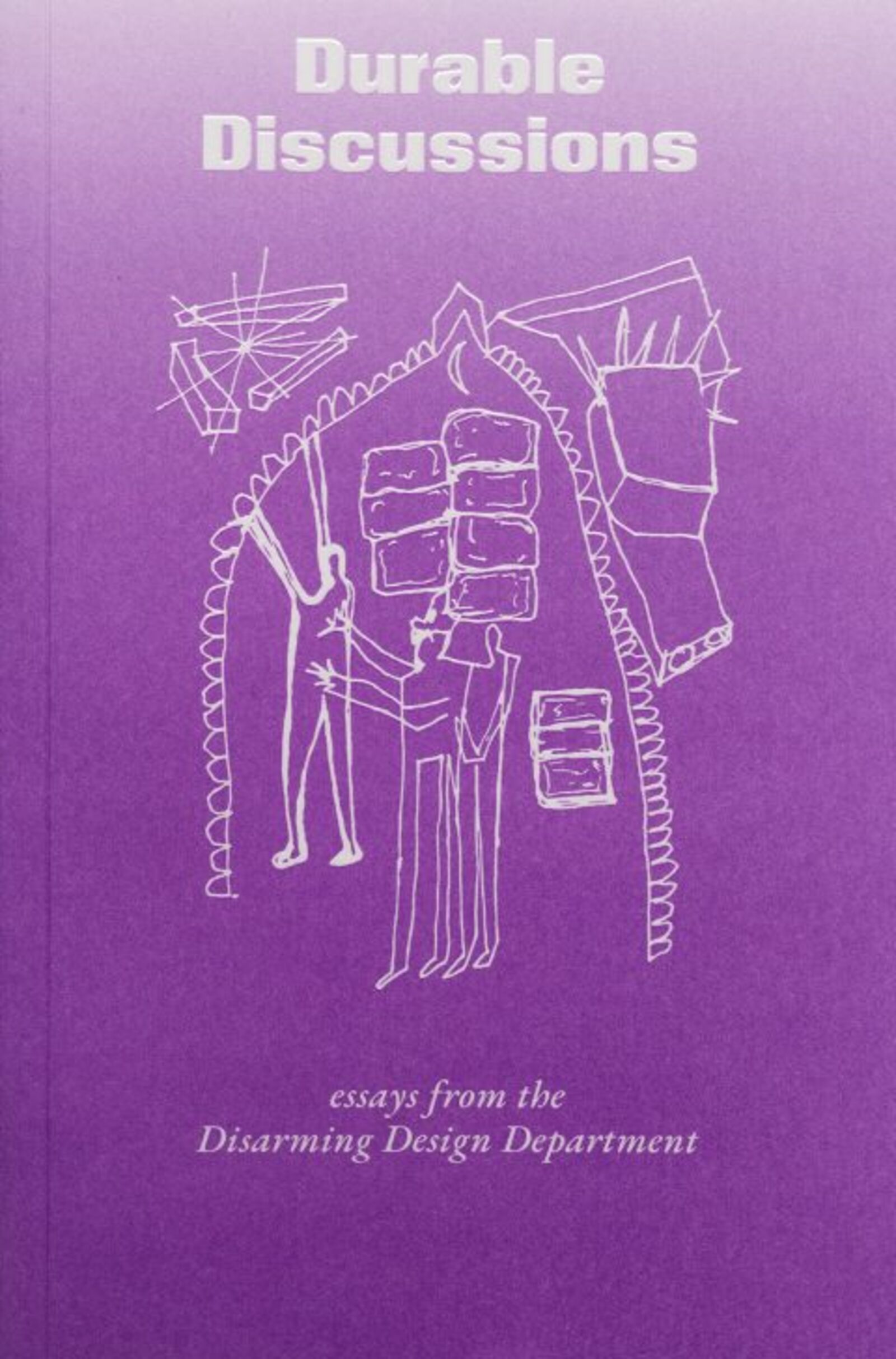
Durable Discussions - Essays from the Disarming Design Department
€ 19.50
Durable Discussions brings together seventeen essays written by designers and artists from the Disarming Design Department of Sandberg Instituut in Amsterdam. Engaged in social, material, and political struggles, they generously retell their personal histories, writing across objects, events, places, and habits. In research through writing, they sense and transform the poetics and politics of the everyday. This publication presents life-making practices through language, typography, weaving, aesthetics, cooking, land, speculation, and pedagogies.
Offering perspectives in thinking about art and design as emancipatory politics, and as a practice of hope, the essays speak of making what is deemed impossible possible.
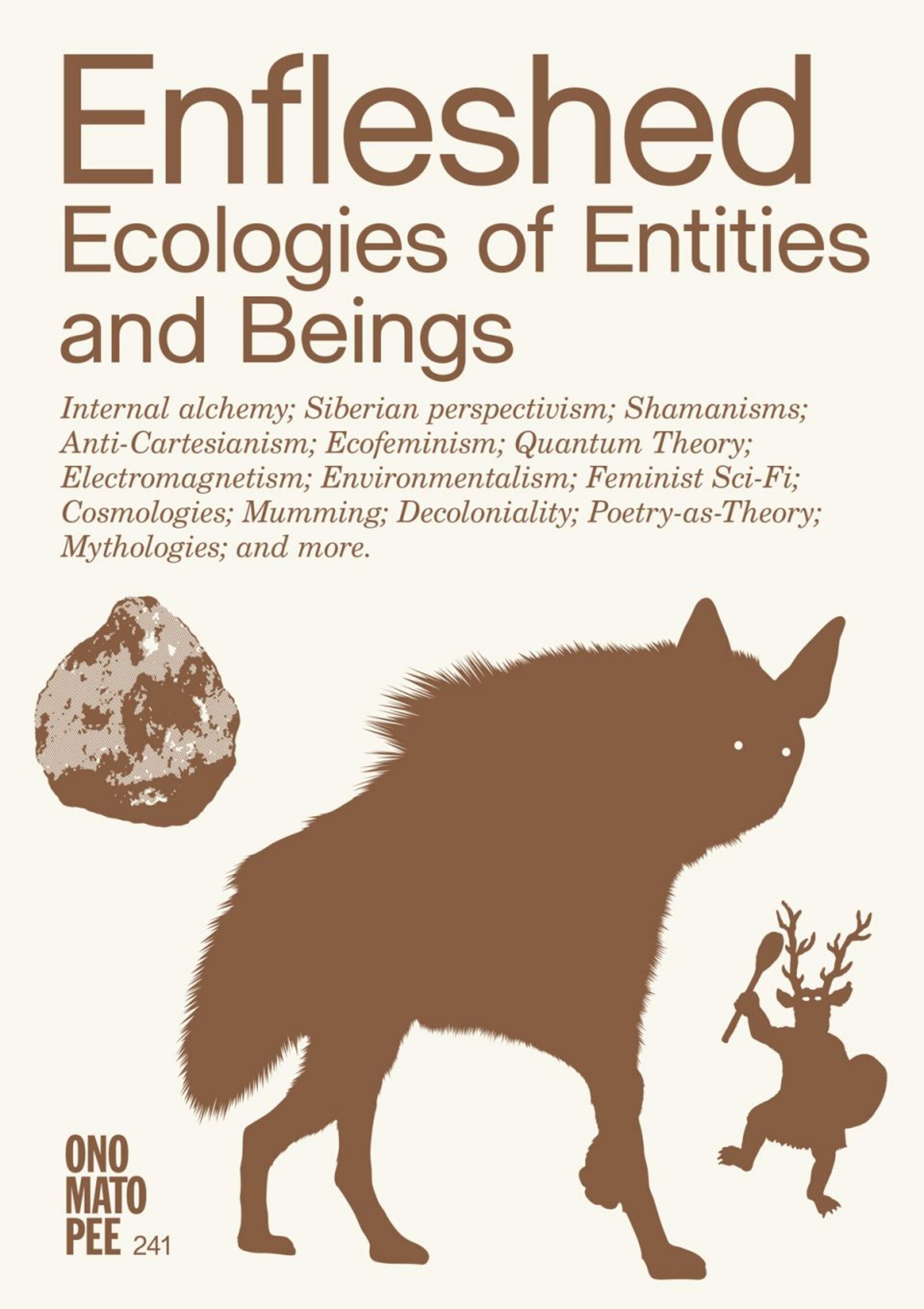
Enfleshed, Ecologies of Entities and Beings
- Kristiina Koskentola & Marjolein van der Loo (eds.)
€ 24
Enfleshed: Ecologies of Entities and Beings brings together practitioners, thinkers, and artists from across Eurasia to collectively explore multispecies ecologies. The volume reflects anthrodecentric and embodied approaches to collaboration and knowledge production––processes that are always interwoven with a multitude of entities and actors.
In this book, the contributions flow like a river across the Eurasian continent, branching out into all directions. The contributors engage in an exploration of experimental epistemic alliances, which operate as a way to learn and make new dialogic relations. The conflicts generated by ecological disaster, war, the global economy, identity politics, and the power structures of knowledge production and science here intertwine with shamanisms, rituals, magic, speculation, politics, and poetics. How do we imagine an active and implicated role of the human as one being among other beings? What might this entail, and what might this generate?
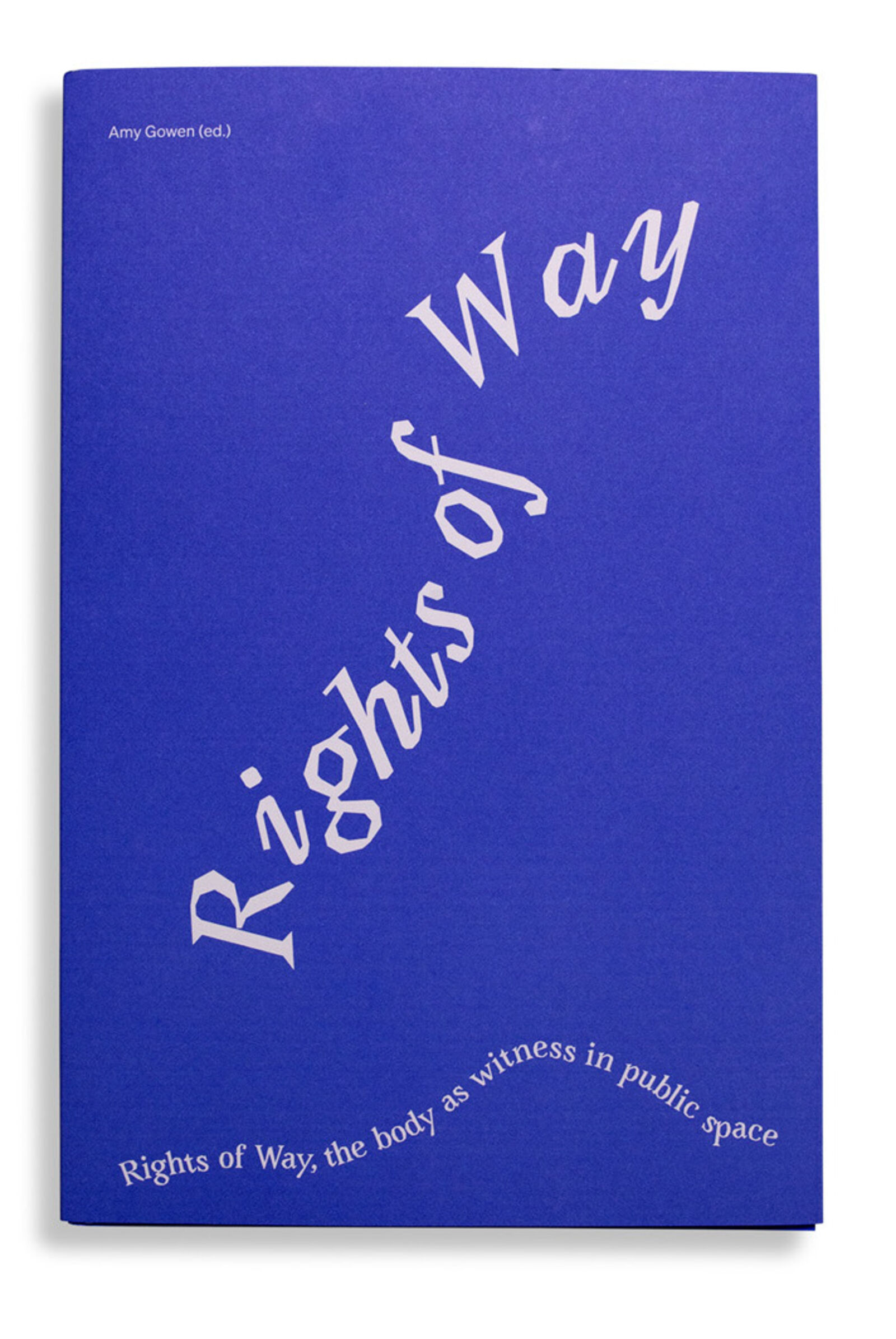
Rights of Way, the body as witness in public space - Amy Gowen (ed.)
€ 17
Rights of Way, the body as witness in public space takes our bodily movements as a departure point to cross into the terrains of art, culture, architecture, sociology, literature,
and politics, to envision varied forms of witnessing, and apply them to our direct environments. When many must still campaign to claim their stake in the public realm; when hate crimes and acts of institutional violence persist in the public sphere; when cities continue to grapple with the effects of mass surveillance, precarious citizenship, widespread gentrification, and divisive body politics, we seek to question, challenge, and re-envision who have the rights of way.
This publication comprises a collection of essays, interviews, texts, and images from a range of artists, researchers, academics, architects, and historians. Together, the contributions question our positions of access and in-access in space, and, in doing so, orchestrate the act of witnessing as a vital component in provid- ing meaning to our cities.
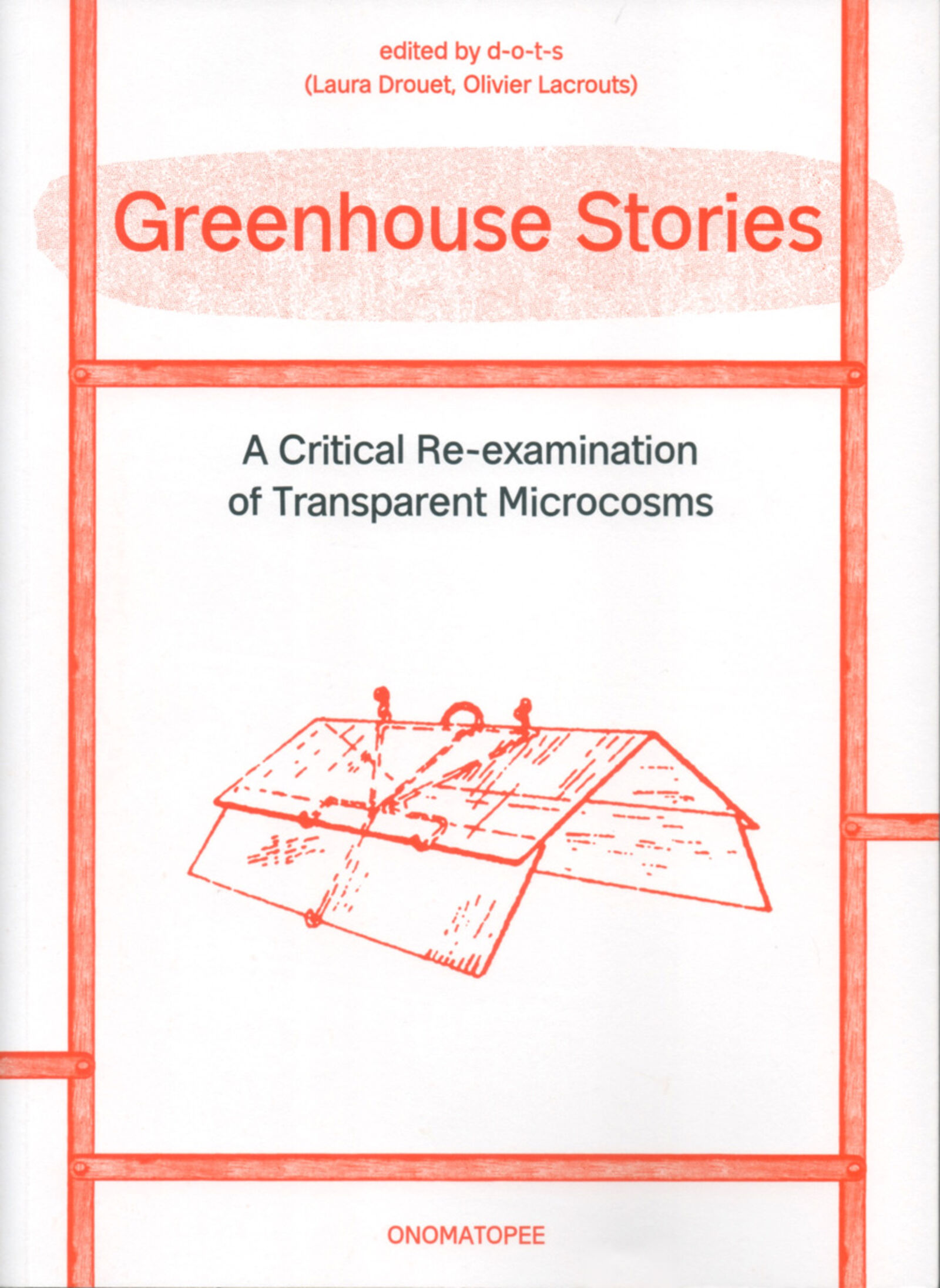
Greenhouse Stories:
A critical Re-examination of transparent Microcosms
€ 22
Architecturally speaking, the term ‘greenhouse’ refers to buildings designed to optimally protect, cultivate and propagate plants under conditions that artificially reproduce their environments of origin. Employed successfully over centuries, these transparent microcosms have allowed some nations to improve their scientific knowledge, provide botanical education and develop horticultural innovations. Parallel to the benefits they brought with them, greenhouses have also had – and still have – harmful consequences on the way we relate to others, both humans and other-than-humans, and the environments we co-inhabit with them.
Shifting away from the celebration of greenhouses as technical mastery and exceptional architectural feats, Greenhouse Stories is an invitation to critically look at greenhouses as controversial (agri)cultural production tools. Re-examining them from a social, historical, environmental and creative perspective, the essays and interviews featured in this book highlight stories of vegetal displacement, colonial appropriation and pollution. Yet they also help us to understand that greenhouses can be fertile spaces for women's empowerment and the nurturing of socially-engaged and eco-conscious projects.
At a time of great anthropocentric pressure on the planet, we believe that questioning the greenhouse as a symbol and a tool can help us re-establish more humble and meaningful connections with the Earth and its living communities.
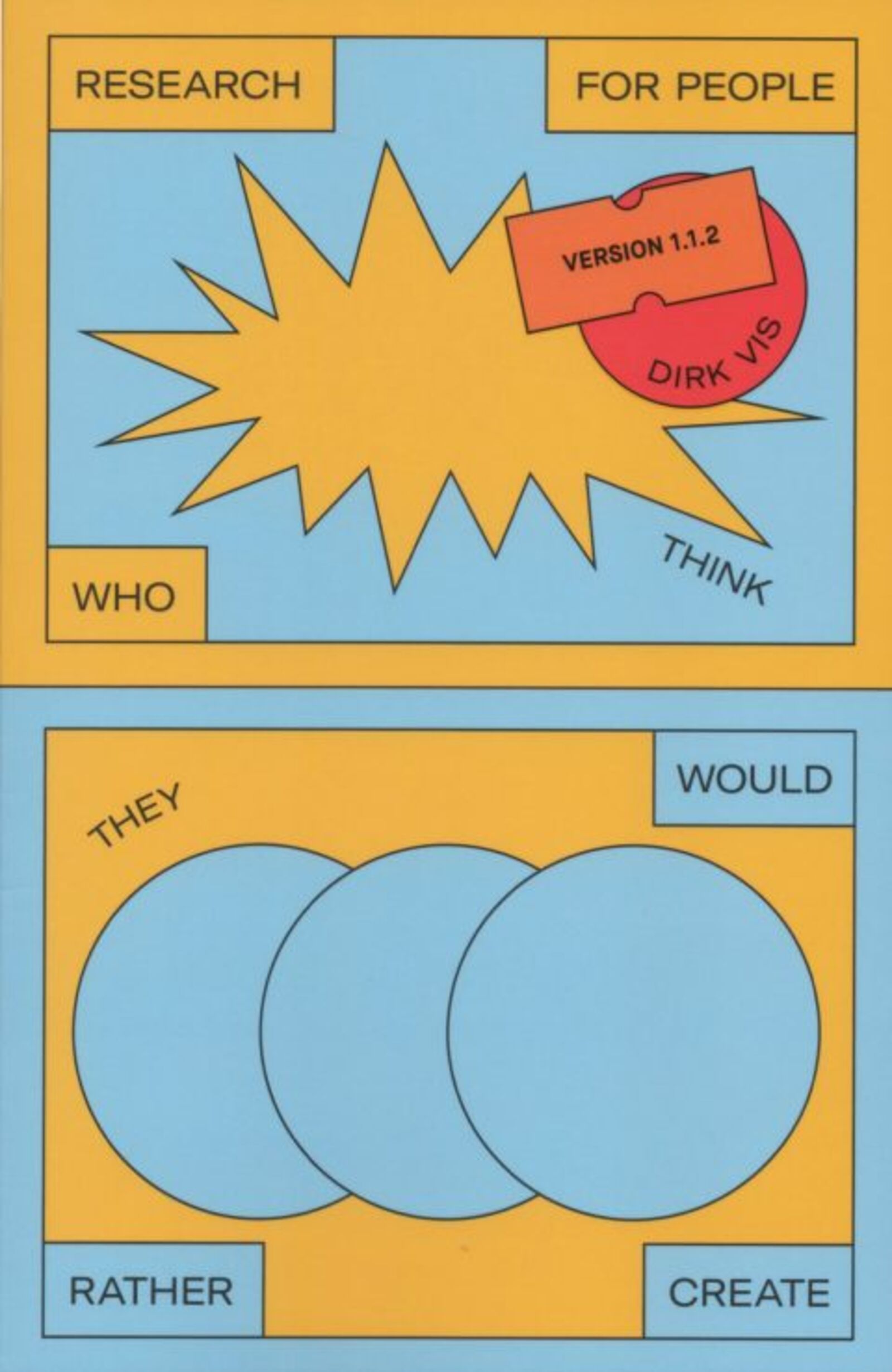
Research For People Who (Think They) Would Rather Create
€ 15
What is artistic research? What is a research document? How do these relate to the making process, invention, and creativity? What exactly is expected of me? If you have ever asked yourself any of these questions, then this book is for you. Research For People Who (Think They) Would Rather Create addresses all relevant aspects that need to be considered during a research and documentation process, such as: finding the right topic and approach; formulating your research question; working out your methods; choosing one or more suitable writing styles; and considering the possible roles of visual, virtual, auditory, embodied, and spatial materials.
"At the heart of Research for People Who (Think They) Would Rather Create are dozens of examples from the field of art and design – each of which illustrates one specific aspect of developing a thesis, essay, paper, report, proposal, research document, or however else it may be referred to in your own setting. You can read this book from cover to cover, or you can immediately flip to those subjects which you find most relevant at any given moment. Ultimately, Research for People Who (Think They) Would Rather Create is an invitation to contribute – quite literally, with your own projects, examples, and questions – since our goal is to help you develop your own research."
Tropical Tap Water is a band consisting of Simnikiwe Buhlungu, Diana Cantarey, Daniel Aguilar Ruvalcaba and Julian Togar Abraham, planted and watered at the Rijksakademie van Beeldende Kunsten, Amsterdam in 2020.

Institutional Tote Bags
The Question of Funding (QOF) in collaboration with Tropical Tap Water
€ 20
To promote imaginary Global South GNO (GermiNation-stateless Organizations) to recover and reappropriate stolen land, a thousand tote bags have been produced and become the part of TTW jamming practice.
Printed both sides
100% cotton
41×48×10 cm
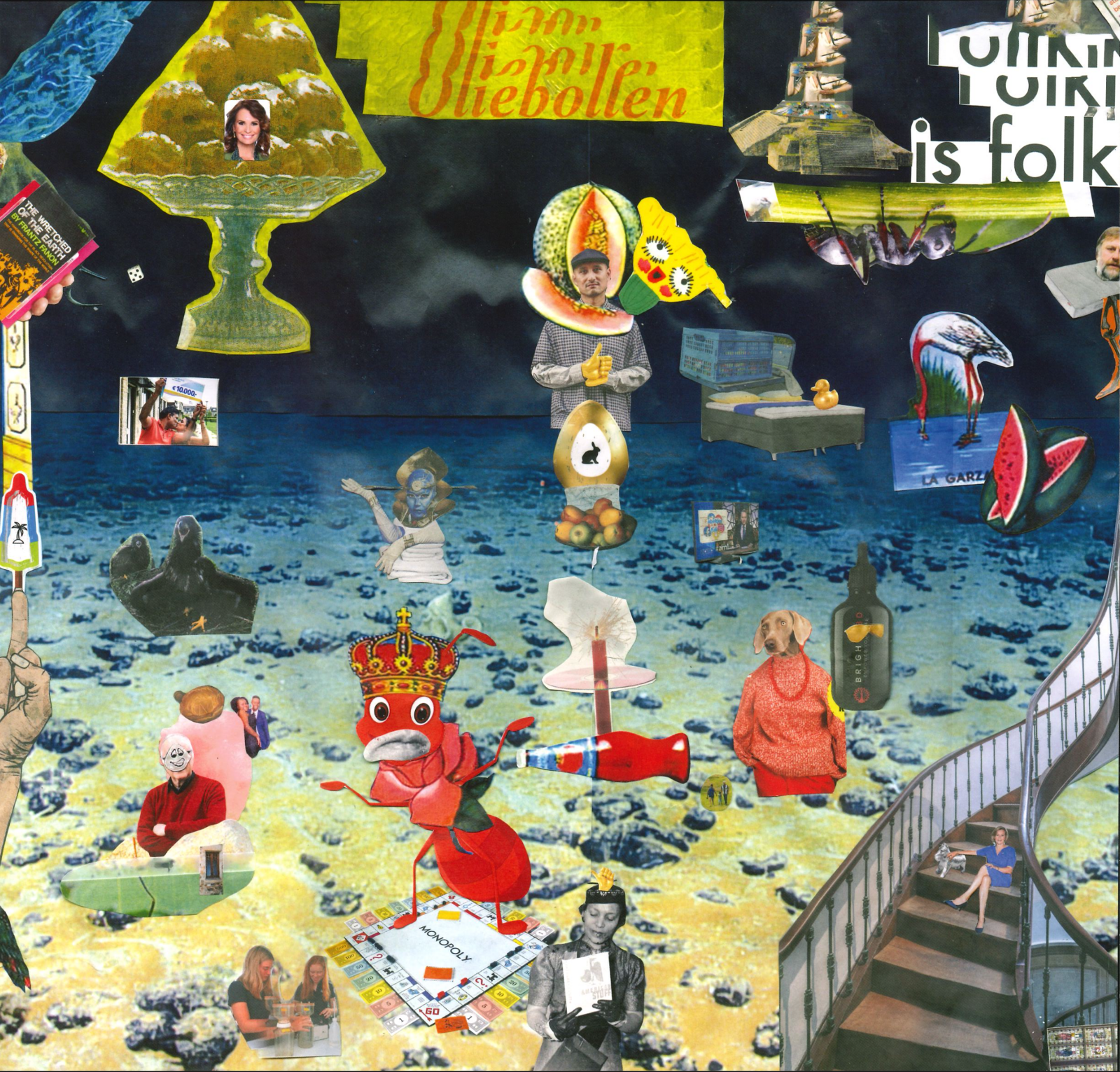
An anthology of collectively stirred jamming (...)
€ 25
An anthology of collectively stirred jamming as a living, breathing, and, stretching mechanism of sharing(s)" is a sonic archive pressed on a vinyl.
It documents the activities of a flowing group of artists who travelled to the North, who encountered and recognized one another as fragments of the 'South'. A metaphysical compilation of energy. An unfolding process of jammings that took over almost two years, in Amsterdam, from 2020 to 2022. During this period, the jam sessions that commenced upon Julian Abraham ‘Togar’s opening his studio to his friends and colleagues are pressed into molds in the shape of Tropical Tap Water, Sparkling Tap Water, JamOnJamOnJamOnJam, the Palace of Flowing Water and many nameless enchanting jammings. We see this record as an audio documentary compiling some of those manifestations.
Inherently, we understood jamming as a very singular fleeting experience but always as a collective process of soundgularization. This album is an epic poem too, a poignant gesture melted with quiet jammings, a mixer fried on radio dramas at Radio Al Hara, featuring lumbung harvesting's songs and many careless whispers pressed on wax. It contains different audio recordings of jamming sessions, each one with its own cold-war detective film character. Tracks that seem to have been recorded with a burner phone in a jar, some that sound like the transcription of non-aligned sexy-spy ears dancing and others that look like a foggy cassette tape which is interrogating the interrogator.
Jam on jam on…

Institutional Tote Bags
The Question of Funding (QOF) in collaboration with Tropical Tap Water
€ 20
To promote imaginary Global South GNO (GermiNation-stateless Organizations) to recover and reappropriate stolen land, a thousand tote bags have been produced and become the part of TTW jamming practice.
Printed both sides
100% cotton
41×48×10 cm

An anthology of collectively stirred jamming (...)
€ 25
An anthology of collectively stirred jamming as a living, breathing, and, stretching mechanism of sharing(s)" is a sonic archive pressed on a vinyl.
It documents the activities of a flowing group of artists who travelled to the North, who encountered and recognized one another as fragments of the 'South'. A metaphysical compilation of energy. An unfolding process of jammings that took over almost two years, in Amsterdam, from 2020 to 2022. During this period, the jam sessions that commenced upon Julian Abraham ‘Togar’s opening his studio to his friends and colleagues are pressed into molds in the shape of Tropical Tap Water, Sparkling Tap Water, JamOnJamOnJamOnJam, the Palace of Flowing Water and many nameless enchanting jammings. We see this record as an audio documentary compiling some of those manifestations.
Inherently, we understood jamming as a very singular fleeting experience but always as a collective process of soundgularization. This album is an epic poem too, a poignant gesture melted with quiet jammings, a mixer fried on radio dramas at Radio Al Hara, featuring lumbung harvesting's songs and many careless whispers pressed on wax. It contains different audio recordings of jamming sessions, each one with its own cold-war detective film character. Tracks that seem to have been recorded with a burner phone in a jar, some that sound like the transcription of non-aligned sexy-spy ears dancing and others that look like a foggy cassette tape which is interrogating the interrogator.
Jam on jam on…
Valiz is an independent international publisher on contemporary art, theory, critique, design and urban affairs. Our books offer critical reflection, interdisciplinary inspiration, and often establish a connection between cultural disciplines and socio-political questions. We publish these books out of our commitment to their content, to artistic and social issues and to the artists, designers and authors.
Apart from publishing Valiz organizes lectures, debates and other cultural projects in which certain topics in contemporary art are explored.
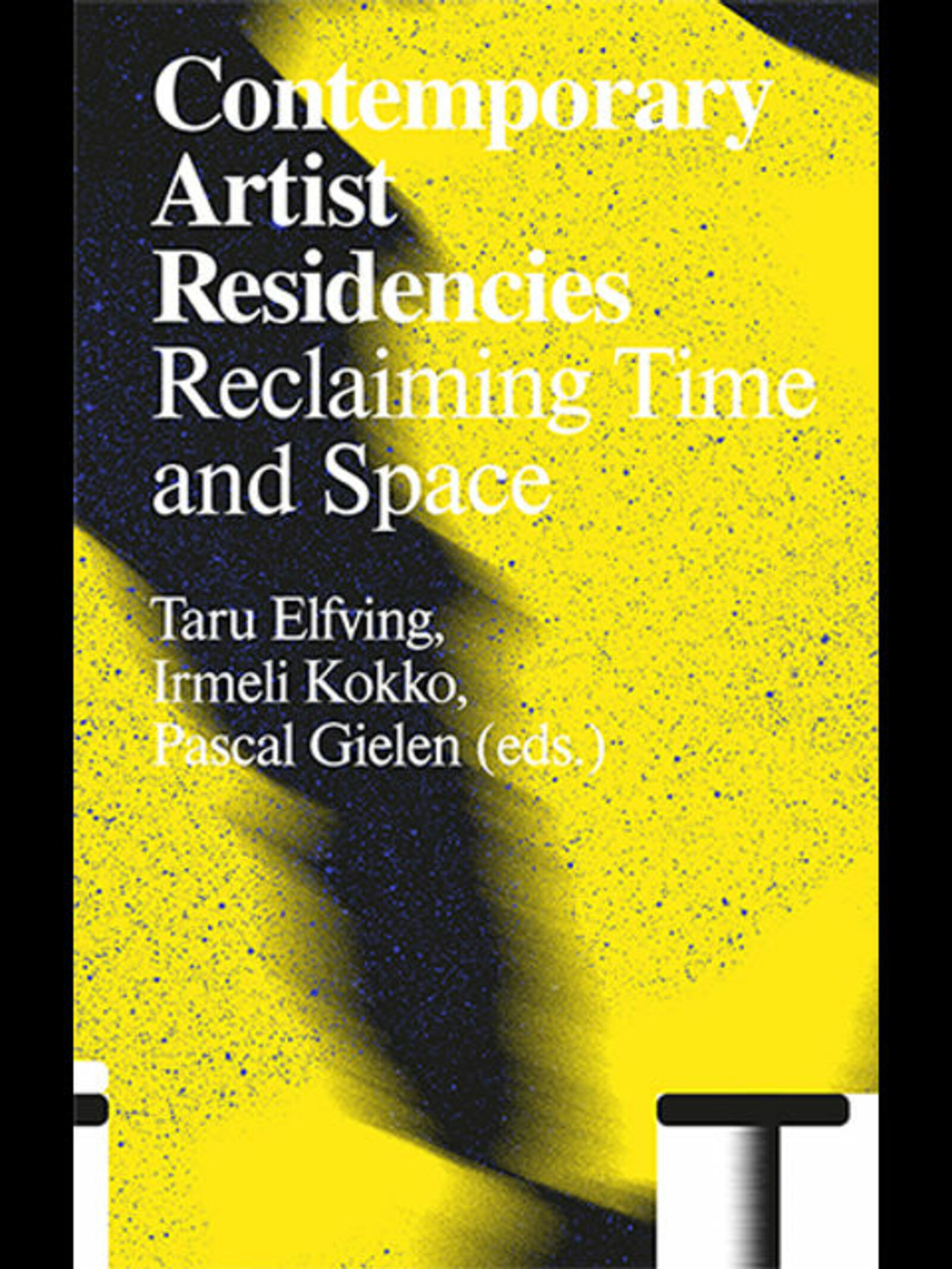
Contemporary Artist Residencies: Reclaiming Time and Space
€ 22.50
Artist residencies provide space, time, and concentration for making art, doing research and for reflection. Residencies are crucial nodes in international circulation and career development, but also invaluable infrastructures for critical thinking and artistic experimentation, cross-cultural collaboration, interdisciplinary knowledge production, and site-specific research. The globalization process and the demands of the creative economy have had an impact on artist residencies. Ecological and geopolitical urgencies are now also affecting them more and more. In response, many residencies today actively search for more sustainable alternatives than the current neoliberal condition allows for artistic practice. With a range of critical insights from the field of residencies, this book asks what the present role of artist residencies is in relation to artists and the art ecosystem amid transformations in society.
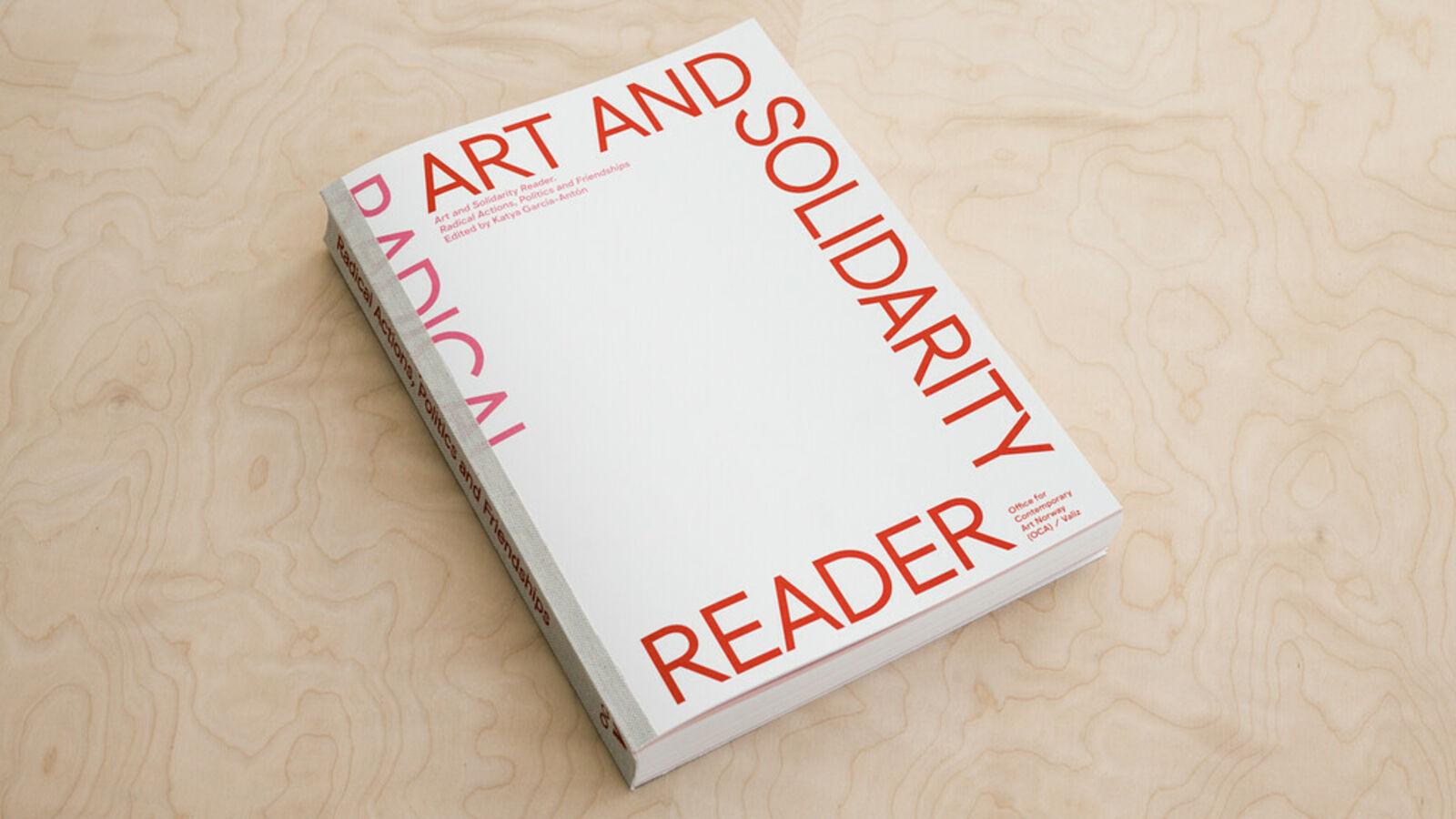
Art and Solidarity Reader
€ 29.90
Solidarity has re-entered the global zeitgeist with resounding force in the last decades and is especially urgent to consider today. Yet this concept – both a potent ideal and a slippery notion – is one of the least analysed within the arts. Why? It is perhaps because colonialism, Neoliberalism, hyper-individualism and Western-centred concepts of art have eroded visions of a care-based society. Creating a fair and vital social fabric inspired by mutual dependencies between living beings and all entities including fauna, flora, air, land and water, is fundamental for our collective existence. A critical toolbox with intersectional perspectives is needed to examine this minefield and reveal meaningful and inspiring narratives that can guide our future.
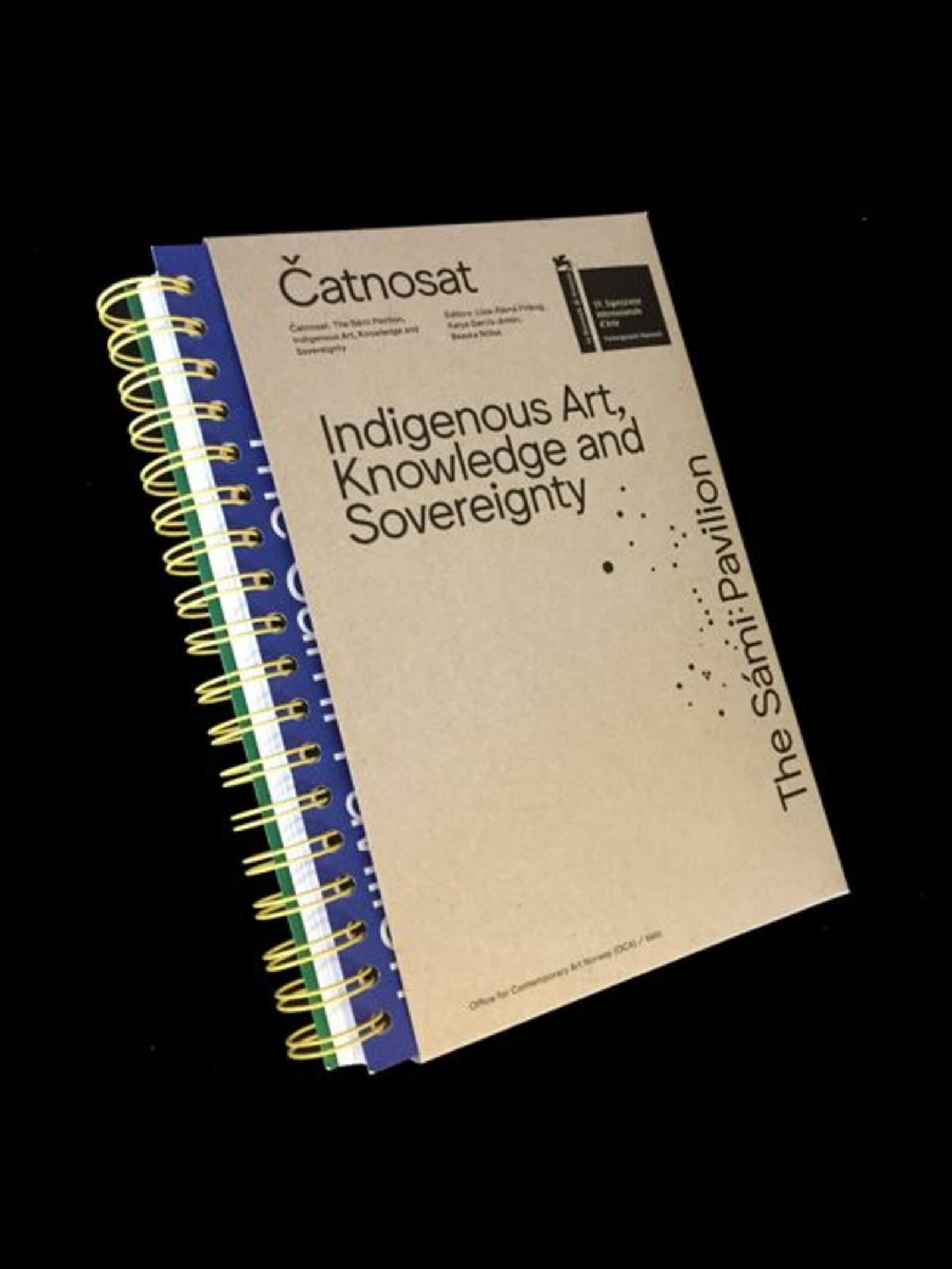
Čatnosat: Indigenous Art, Knowledge and Sovereignty
€ 25
Čatnosat. The Sámi Pavilion, Indigenous Art, Knowledge and Sovereignty takes as its starting point a ground-breaking moment in the history of the Biennale Arte in Venice: the Indigenisation of the Nordic Pavilion in 2022, by ‘The Sámi Pavilion’ project. Featuring the creative practices and worldviews of Sámi artists and land guardians Pauliina Feodoroff, Máret Ánne Sara and Anders Sunna the project represented a sovereign call for Sápmi (the Sámi homeland spanning Norway, Sweden, Finland and the Kola Peninsula) and revolved around three elements: trans-generational relations, holistic Sámi knowledge and learning, and Sámi spiritual perspectives.
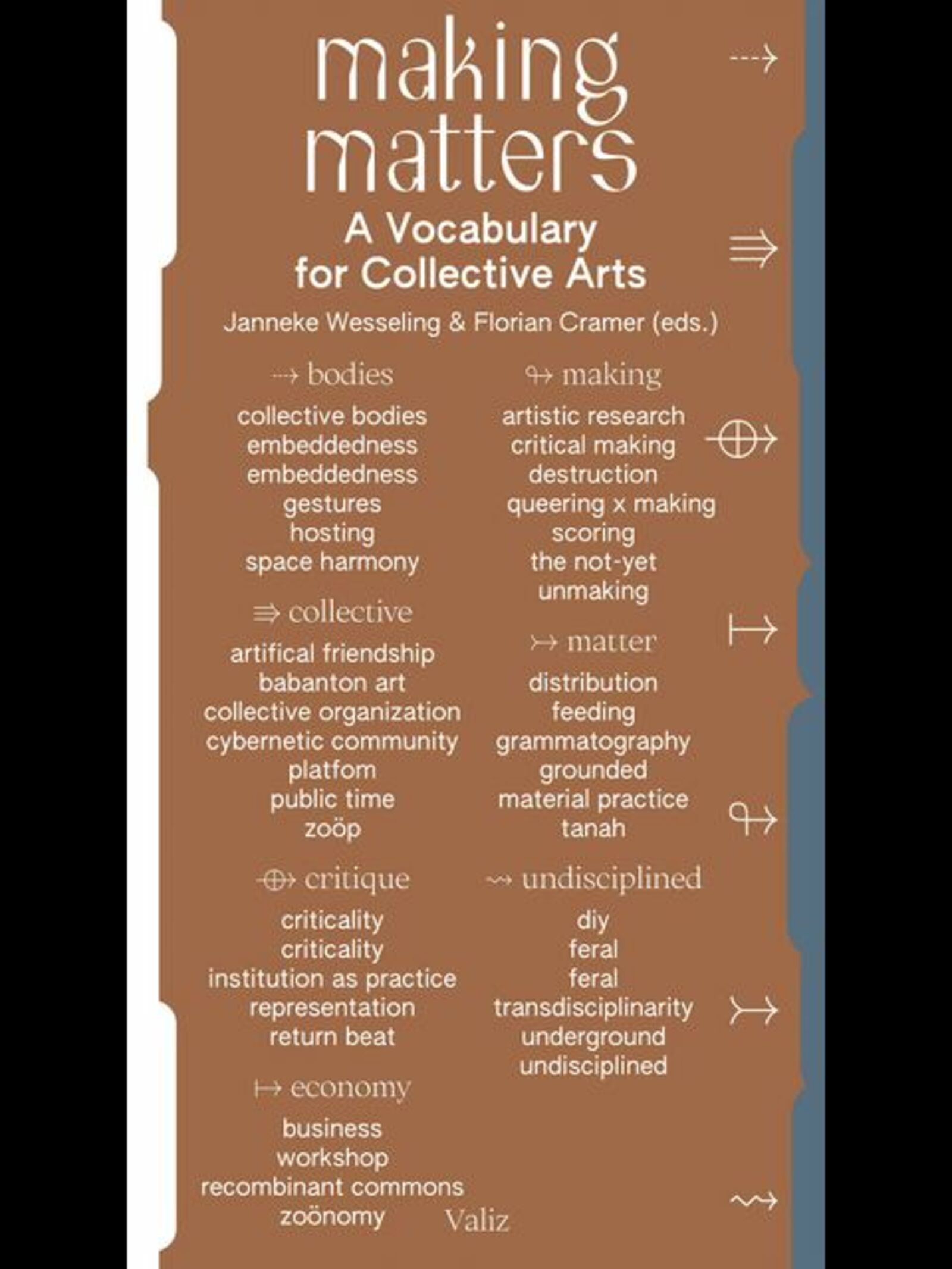
Making Matters: A Vocabulary for Collective Arts
€ 22.50
The world today faces overwhelming ecological and social problems and the concern for material existence on earth is more pressing than ever. Making Matters spells out various roles that visual artists and designers play facing these issues. Collective action is necessary and inevitable.
Collective action often changes the artist’s identity and working habits: from individuality and autonomy to collectivity and collaboration, both locally and globally. These developments have given rise to new kinds of collective art and design practices: artists work together with non-artists, make products for their local environment and take on multiple identities, such as researcher, community activist, computer hacker or business consultant.
Making Matters looks at art practices across all continents that do not conform to a Western concept of art nor to traditional distinctions between art, design, research and activism—where the boundaries between art, design, research and activism become blurred or are dissolved.
The entries in this vocabulary experiment with concepts and keywords of current art practices that may no longer be recognizable as art.
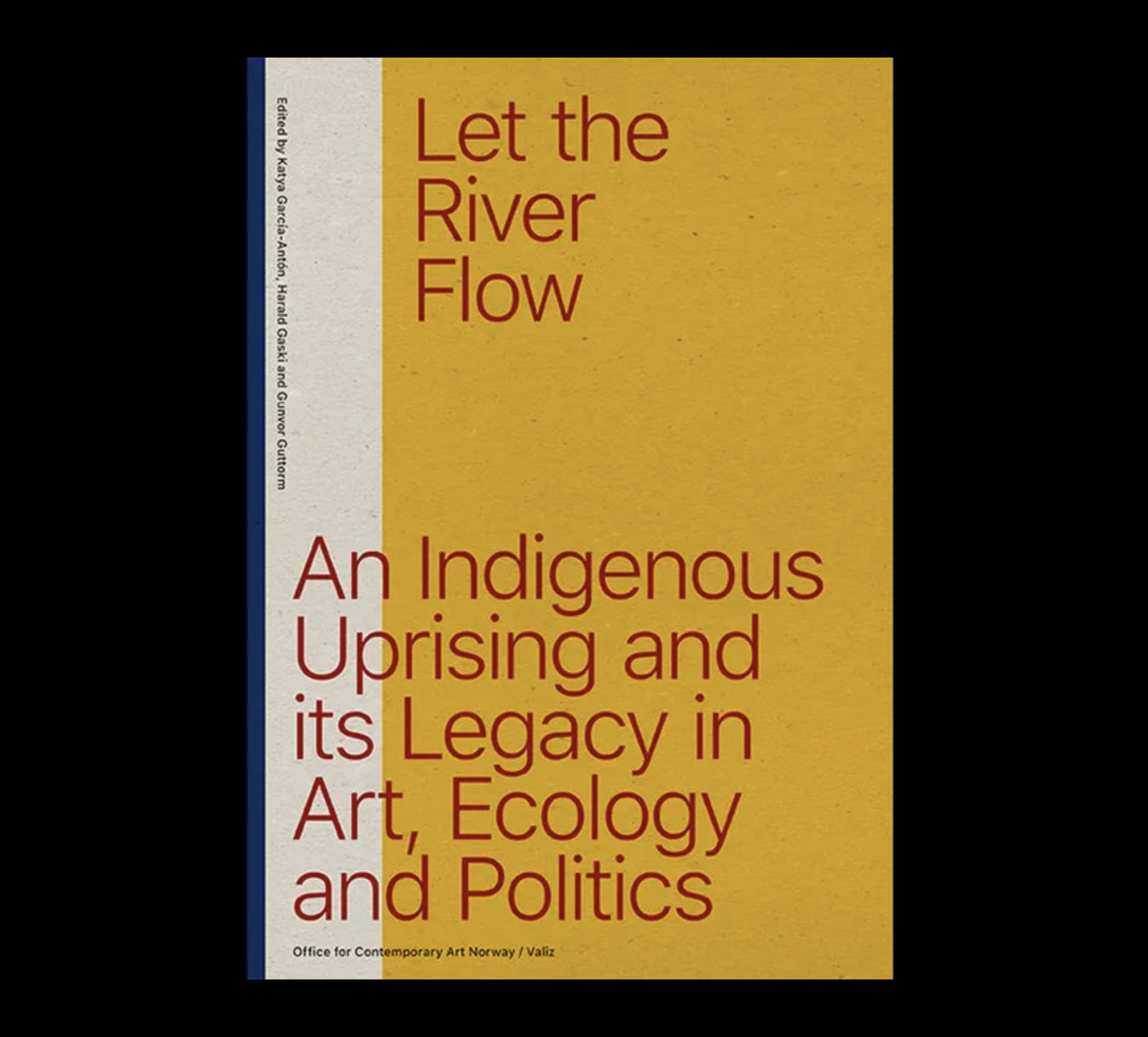
Let The River Flow - An Indigenous Uprising and its Legacy in Art, Ecology and Politics
€ 22.50
The Áltá Action (c. 1978–82) radically shook the course of history in the Nordic region. Its call to ‘let the river live’ rallied against the construction of a large dam across the Álttáeatnu river on the Norwegian side of Sápmi, the Sámi homeland. The Action catapulted the demands for Indigenous sovereignty to the forefront of the politics of the time, and grew into an unexpectedly broad movement of solidarity in which Sámi artists played a central role. Many key questions raised by the Áltá Action pertinent in the region and beyond remain unresolved today.
Let the River Flow makes essential reading for any discussion regarding how governments, artists and citizens will act upon these questions within the frame of today’s worldwide call for decolonization and Indigenization.
New essays by 24 leading Indigenous artists, writers and scholars as well as allies, together with key existing texts, focus on the significant political and artistic reverberations of the Action past and present. These include current Indigenous discourses and protests across Sápmi, and internationally.
Let the River Flow addresses readers with an interest in decolonial, Indigenous, solidarity and environmental questions within artistic practice and beyond.